
Nuuk
Experience Greenlands capital Nuuk. A big city that can't be compared to any other. Here is a vibrant city life that is surrounded by the most beautiful nature.
The next draw for a travel gift card of DKK 3,000 is november 28th 2025
Det kan tage op til 30 sekunder for oprettelsen....
You must now log in to the portal, with your new user, by clicking on login in the right corner.
You will receive a code in your email, which you can use to change your password.
We can not find this email in the system
You will receive a code in your email, which you can use to change your password.
Eight signs, a letter and a number
- a small letter
- a capital letter
- a number
- a symbol
An unexpected error has occurred
Your password has now changed!
Flight number
Dato
Airline
Travel time
Departure
Departure
Arrival
Arrival
Your reservation number is six characters long and can contain both numbers and letters
Feel free to fill in the blank
Reservation does not exist
An unexpected error has occurred
Your reservation has been added
They came from the north and they came from the south. A past that stretches back 4,500 years leaves traces that continue to live today in culture, sagas, legends and people.
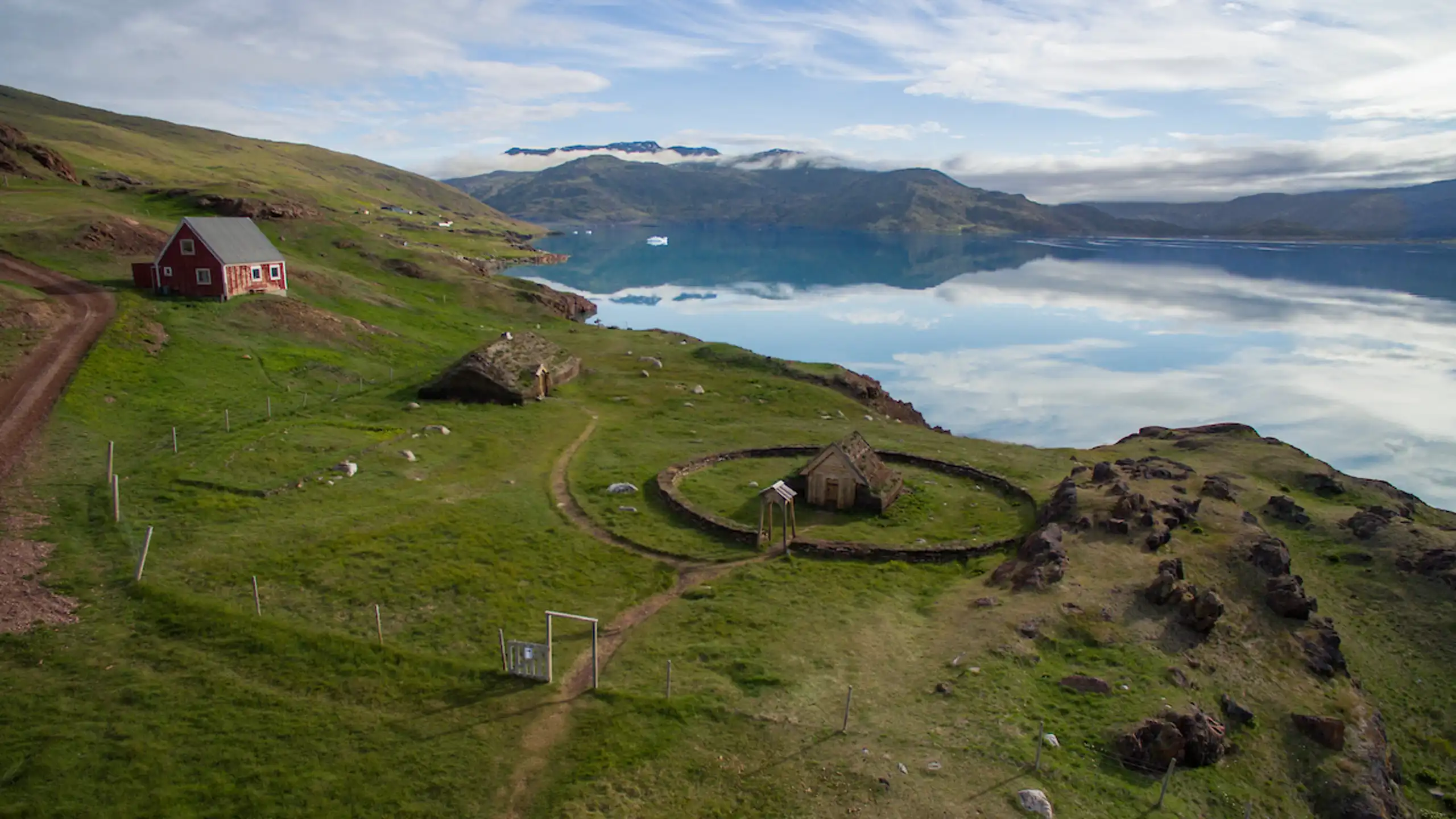
Photo Aningaaq R. Carlsen
The first Greenlanders came from a long way away when they arrived in Greenland some 4,500 years ago. Originally they were a nomadic people who moved around as the opportunities for hunting developed from Mongolia to Alaska, then onwards across Canada to Greenland via Nares Strait. How long they maintained this lineage is a question to which we don’t fully know the answer. However, it’s certain that Greenland was uninhabited for several periods until 900-1000 AD. Today’s Greenlandic population probably stems from the latest wave of immigration in around the year 1000.
In parallel with the final immigration from the west, the Norse settlers, led by Icelander Erik the Red, reached South Greenland. He had been expelled from his home country and spent his time on the sea until 982, when he discovered the lush country he named Greenland. Countless vessels sailed to the coast over the next few years and discharged Icelanders who began settling at the base of the long fjords. At these points there were – and still are – fertile plains for as far as the eye could see.

Photo Aningaaq R. Carlsen
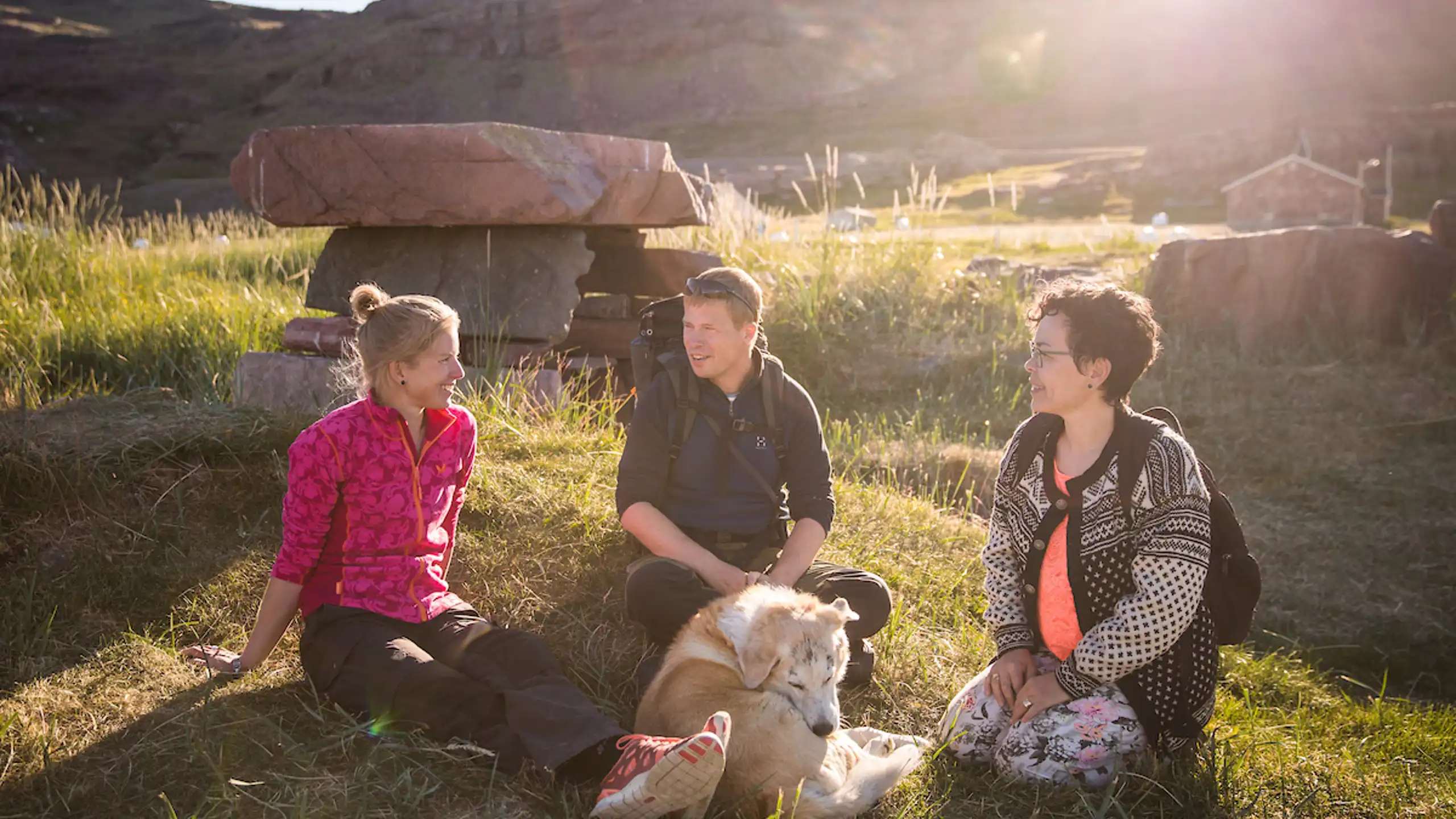
Foto Mads Pihl
The Norse settlers left farms, stables and churches. Just 20 minutes by boat from Narsarsuaq is a reconstruction of Erik the Red’s farm and Tjodhilde’s church – the first Christian church on the American continent. Throughout South Greenland the ruins bear witness to the golden age of the Norse settlers. When this community was at its height, 6,000 people lived here. The well-preserved Hvalsey Church ruin from the 14th century and the Episcopal residence of Gardar are also well worth a visit.
You need never go far before you encounter Greenland’s past, with ruins of houses, graves, fox traps and settlements, such as Sermermiut valley just outside Ilulissat. All towns have a museum that provides excellent insight into the past at each particular venue and a collection of tools made from stone and bone, amulets and clothes. In Nuuk a visit to the National Museum is a must. Here you’ll find a collection of well-preserved mummies from around 1475.
In the bigger towns a walk with a guide explaining the cultural history of the region is a good idea, and more recent history is worth exploring, e.g. in Ilulissat, where you can see the birthplace of Knud Rasmussen, the ‘board’ and the Zion church. Bring the past up to date and digest these impressions with a cup of coffee in one of the town’s cafés.
Greenland is full of surprises, beautiful landscapes and magnificent experiences. Find your next dream destination below

Nuuk
Experience Greenlands capital Nuuk. A big city that can't be compared to any other. Here is a vibrant city life that is surrounded by the most beautiful nature.
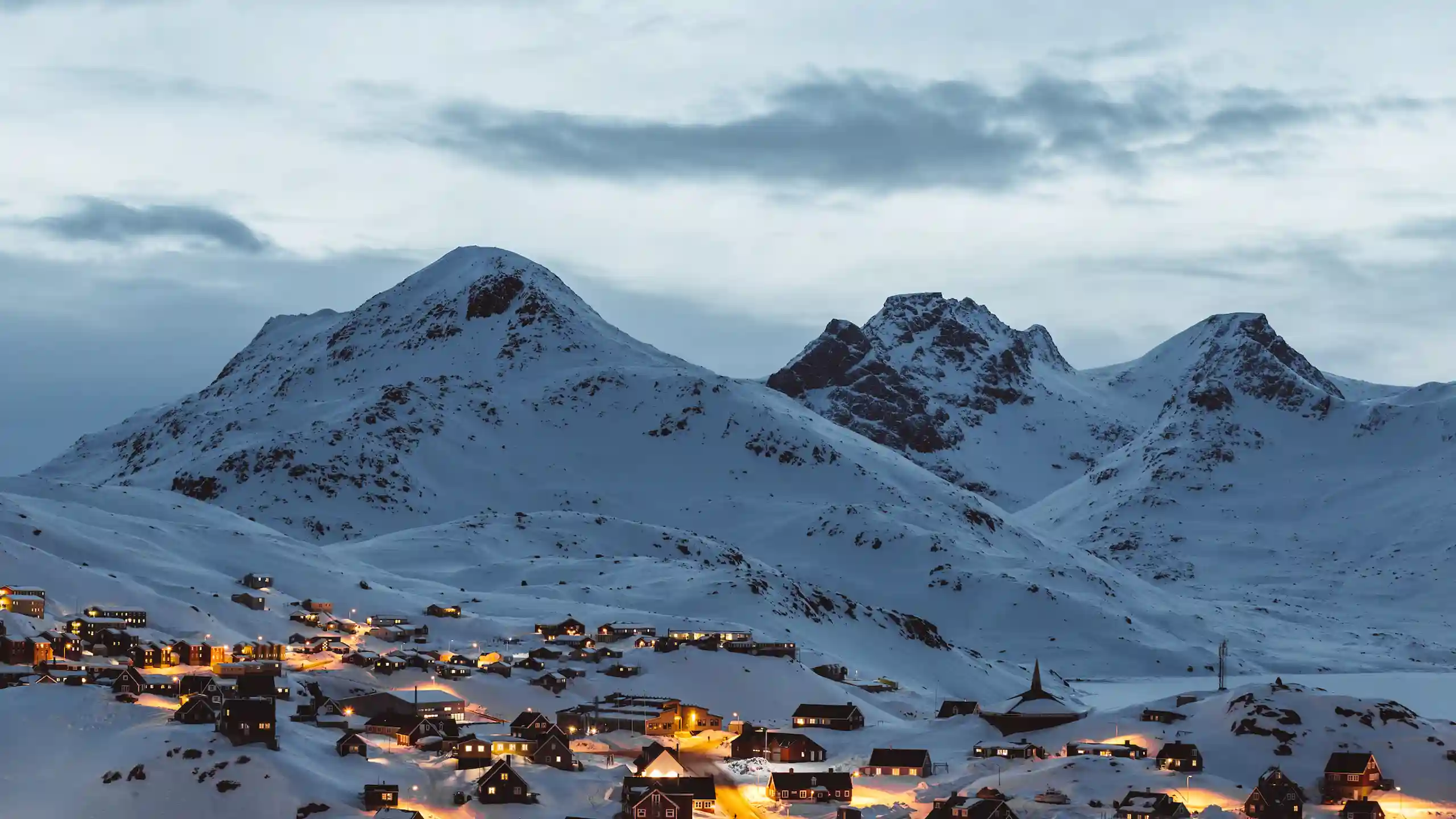
Tasiilaq
Tasiilaq is situated on the slope of a fell on the banks of Kong Oscar Fjord surrounded by steep, snow-covered peaks. The town is well worth a visit for this reason alone.
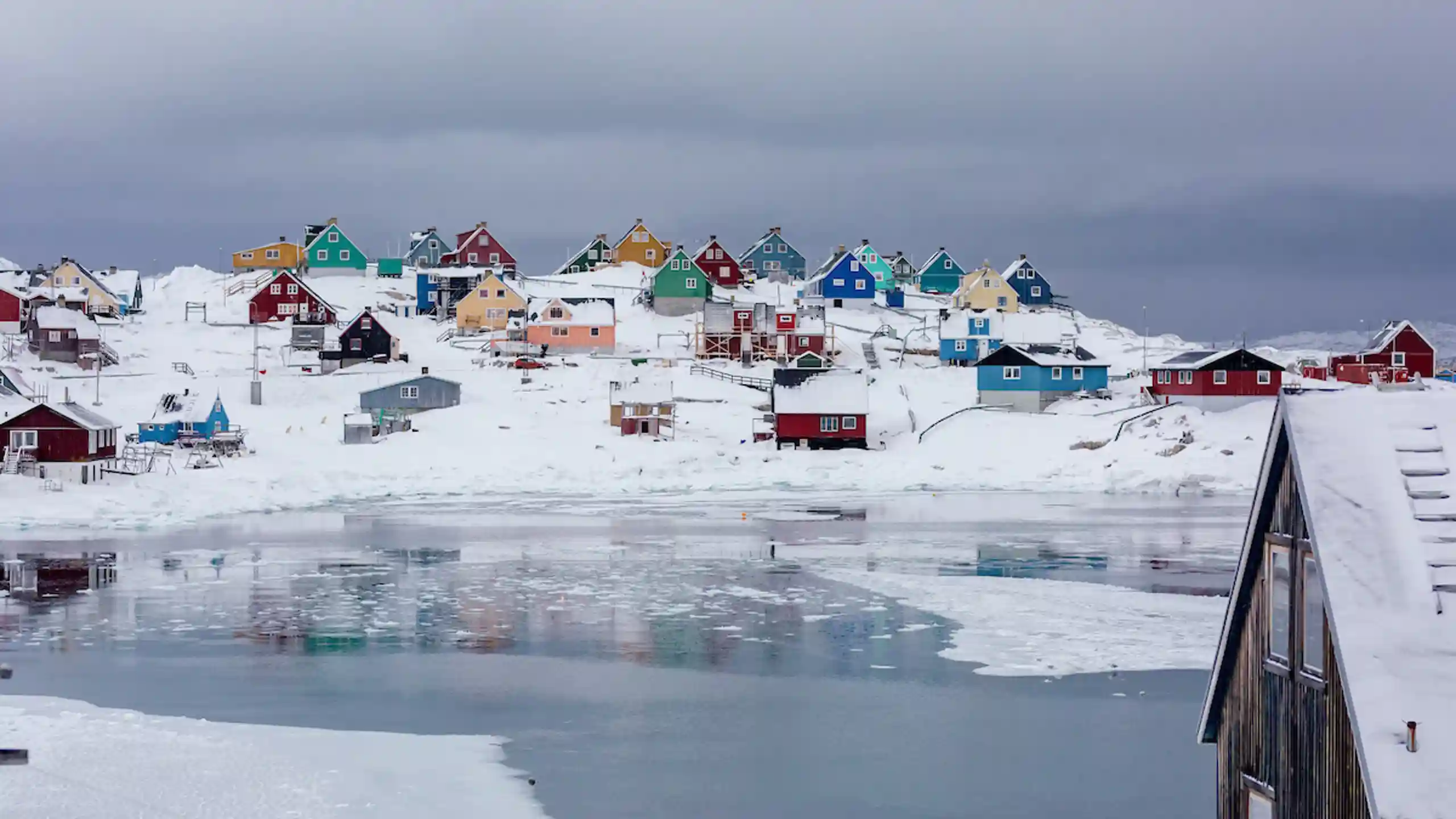
Aasiaat
Can we tempt you with an archipelago holiday in the "Land of a Thousand Islands"? Then Aasiaat is a good starting point with its position in the southern part of Disko Bay.
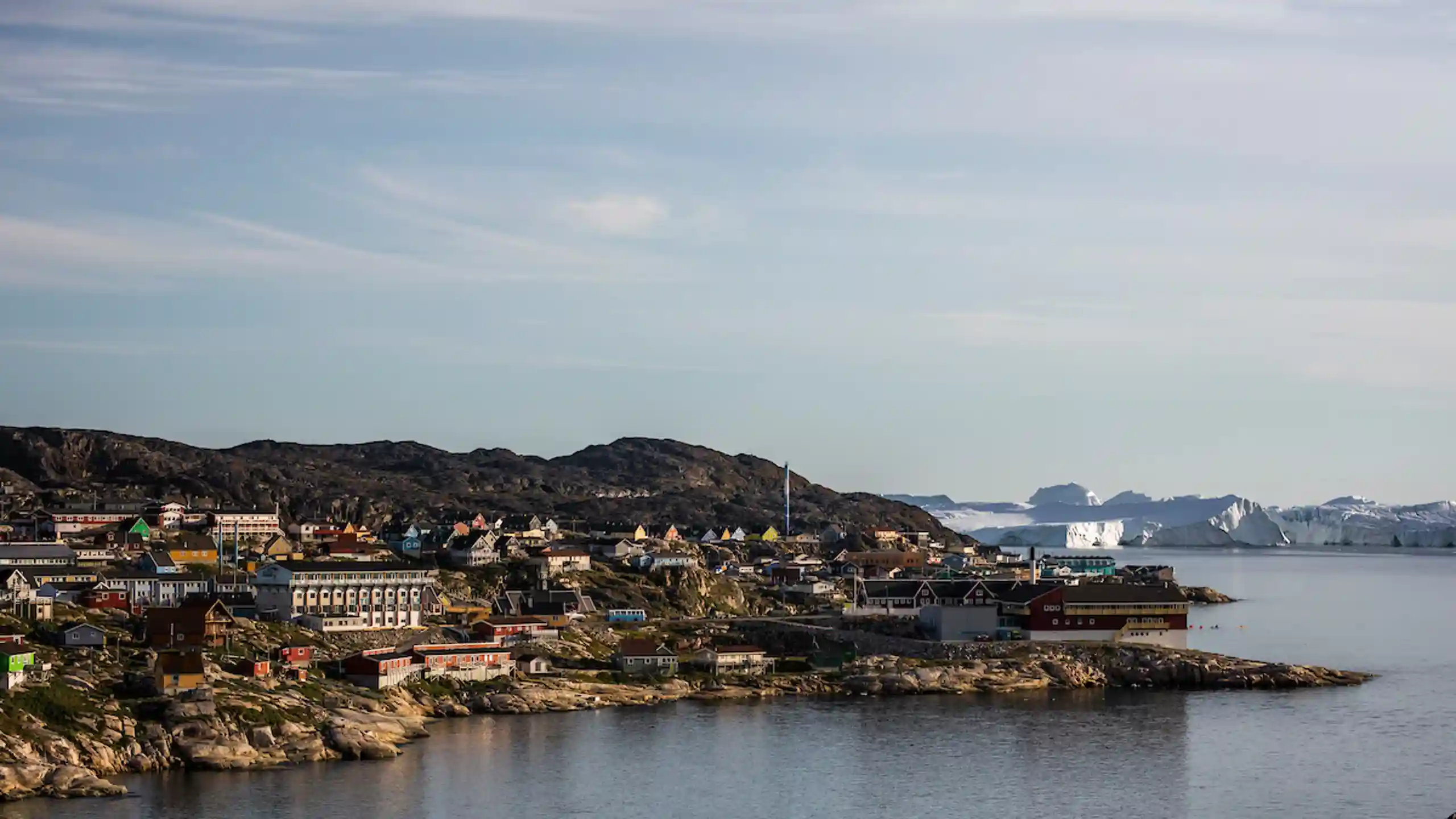
Ilulissat
Standing by the fjord and watching the icebergs sail majestically past lifts life up in the first division. Ilulissat's Icefjord is with good reason included on the UNESCO World Heritage List. Ilulissat, also called Jakobshavn, is Greenland's third-largest city, and in this paradise of icebergs, breathtaking experiences await you that you will soon forget.

Narsarsuaq
At a distance of just nine kilometres from the airport you’ll find the Ice Sheet. Go on a trip to the thunderous mass of ice or experience life as a Norse settler at Erik the Red’s longhouse.

Narsaq
At the foot of the mountain Qaqqarsuaq lies Narsaq, a new town on a green plain, which is a good starting point for a tour of South Greenland.

Qaqortoq
The main town in South Greenland, the home to young students and tagged “one of Greenland’s most charming and attractive towns”.
Welcome to the experiences of the other world. Where else can you find snow, ice, mountains, sea and whales close to green plains with potato fields? Go exploring for new exciting experiences right here.

Archeology
They came from the north and they came from the south. A past that stretches back 4,500 years leaves traces that continue to live today in culture, sagas, legends and people.
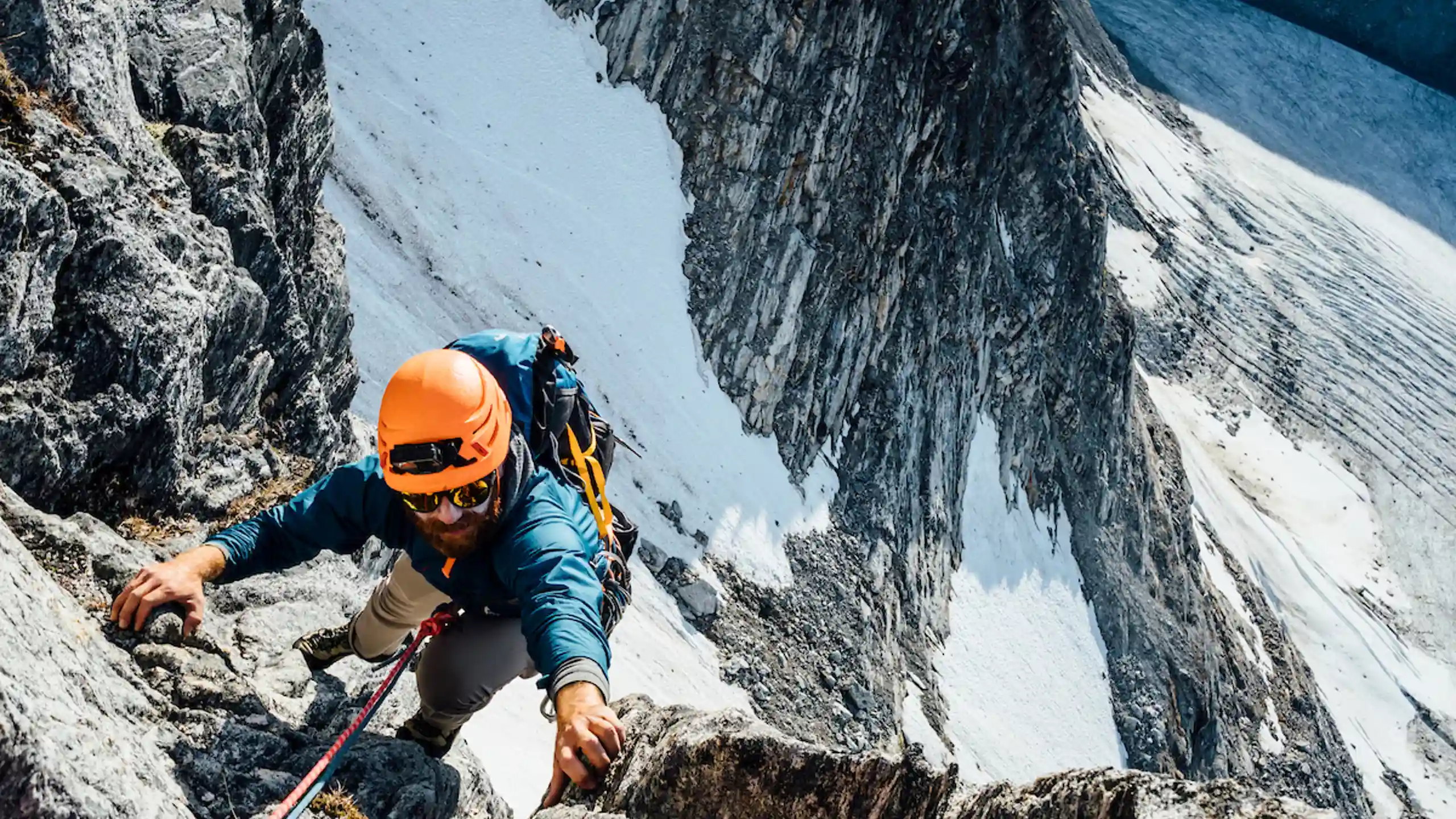
Mountaineering
Mountains await as a succession of adventures – both large and small fells that will match your particular skills and equipment.

Flightseeing
Experience unique views by flying over beautiful towns, and snow-capped mountains and get close to pristine nature.
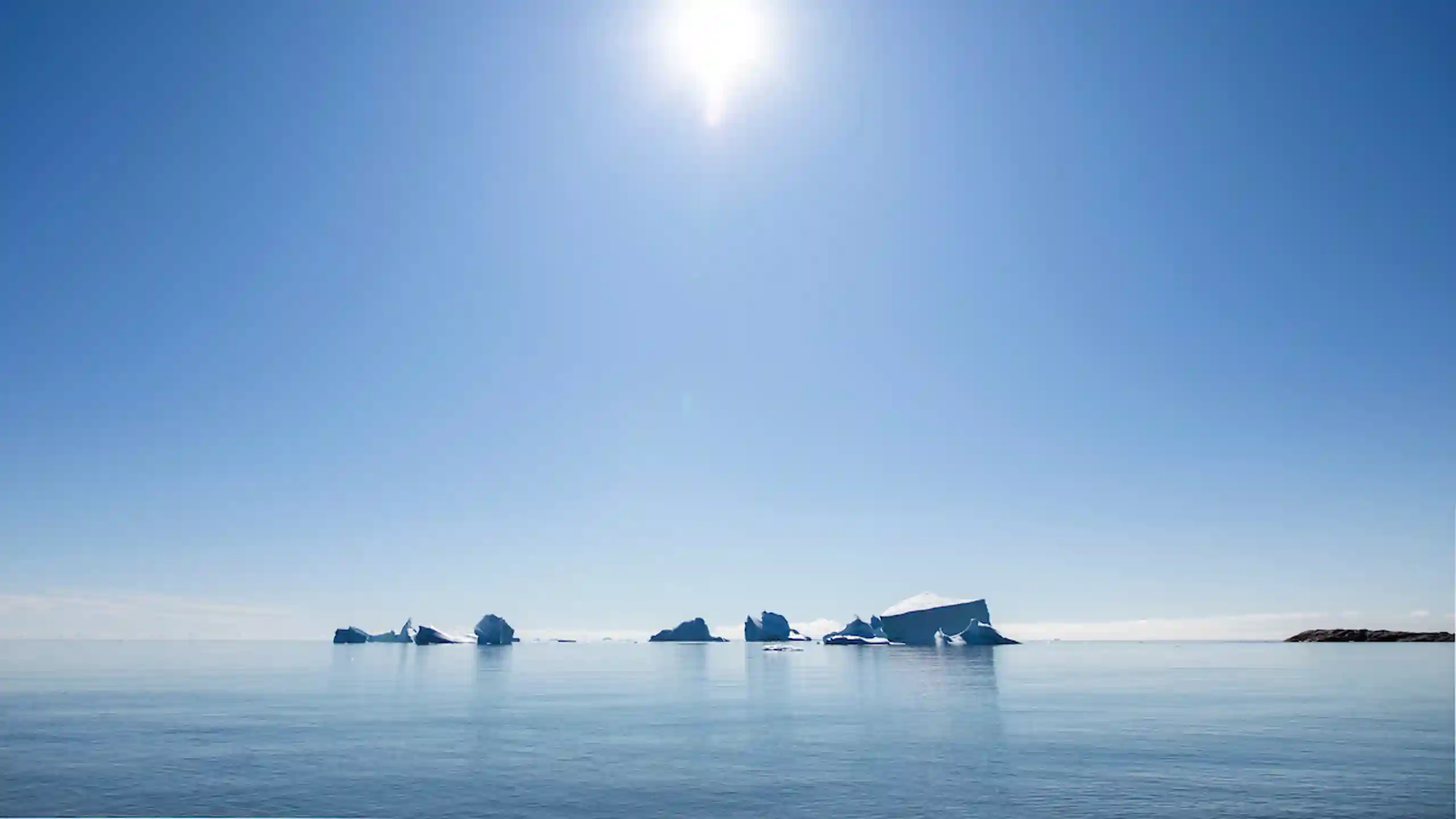
Diving
We have to admit that tropical temperatures are just a pipe dream. On the other hand, we promise you underwater dives in almost virgin waters.
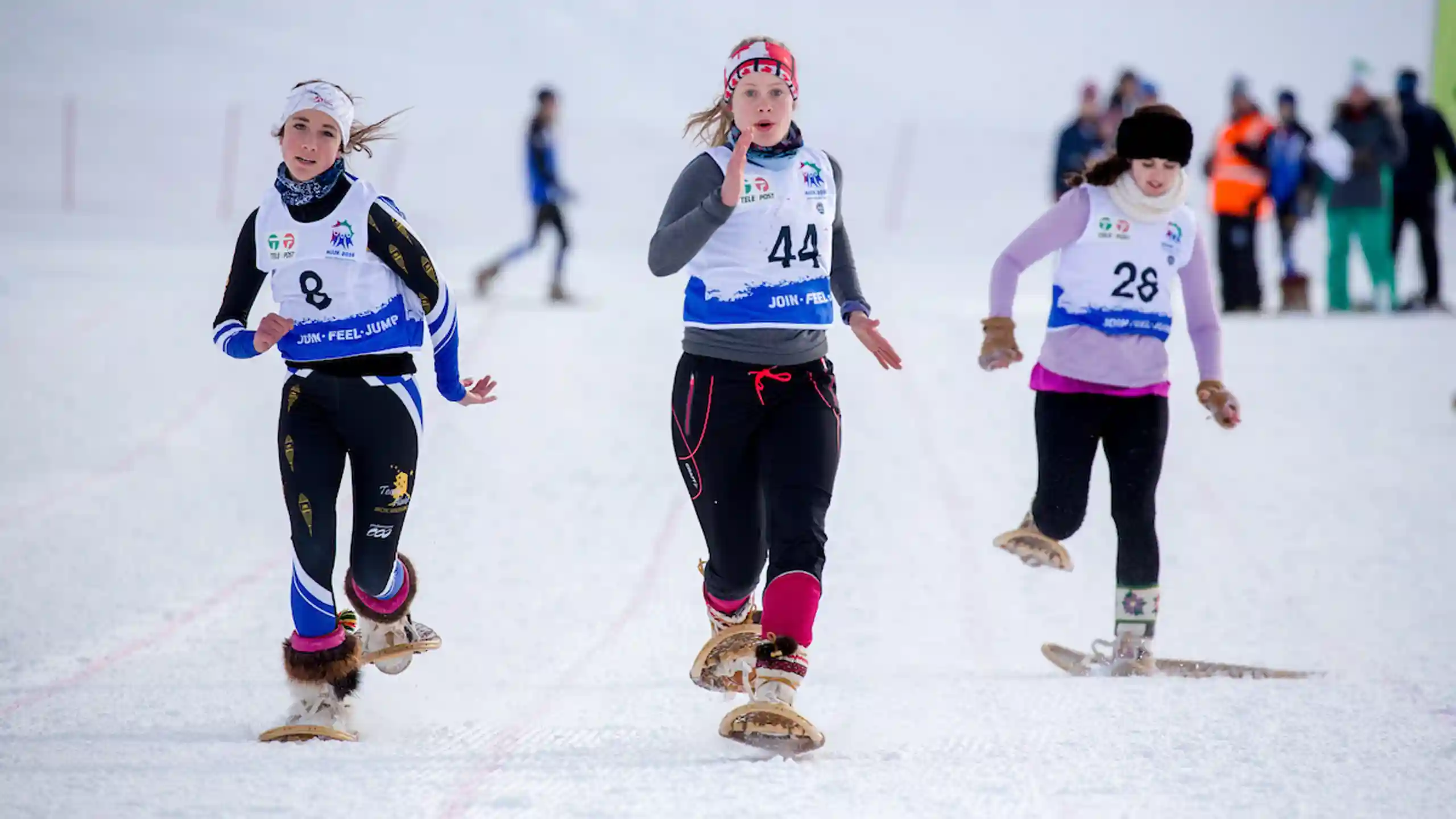
Events
Greenland has always enticed adventurers with the courage to take on unique challenges. A number of annual events involve the country’s nature and culture in close interaction with the local inhabitants.
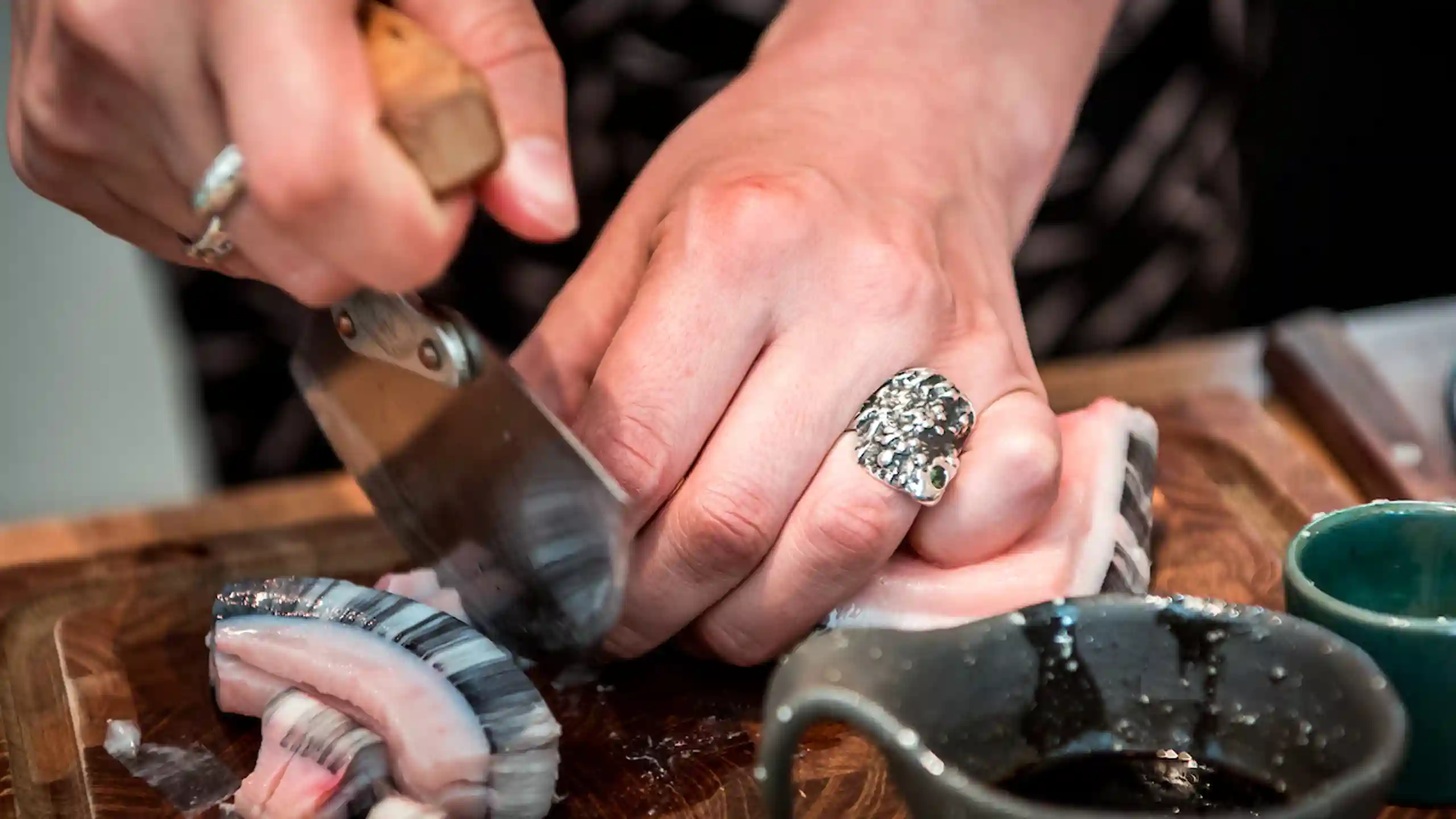
Gastronomy
Some of the finest gourmet restaurants are found in Greenland. And the menus are all characterised by local ingredients.
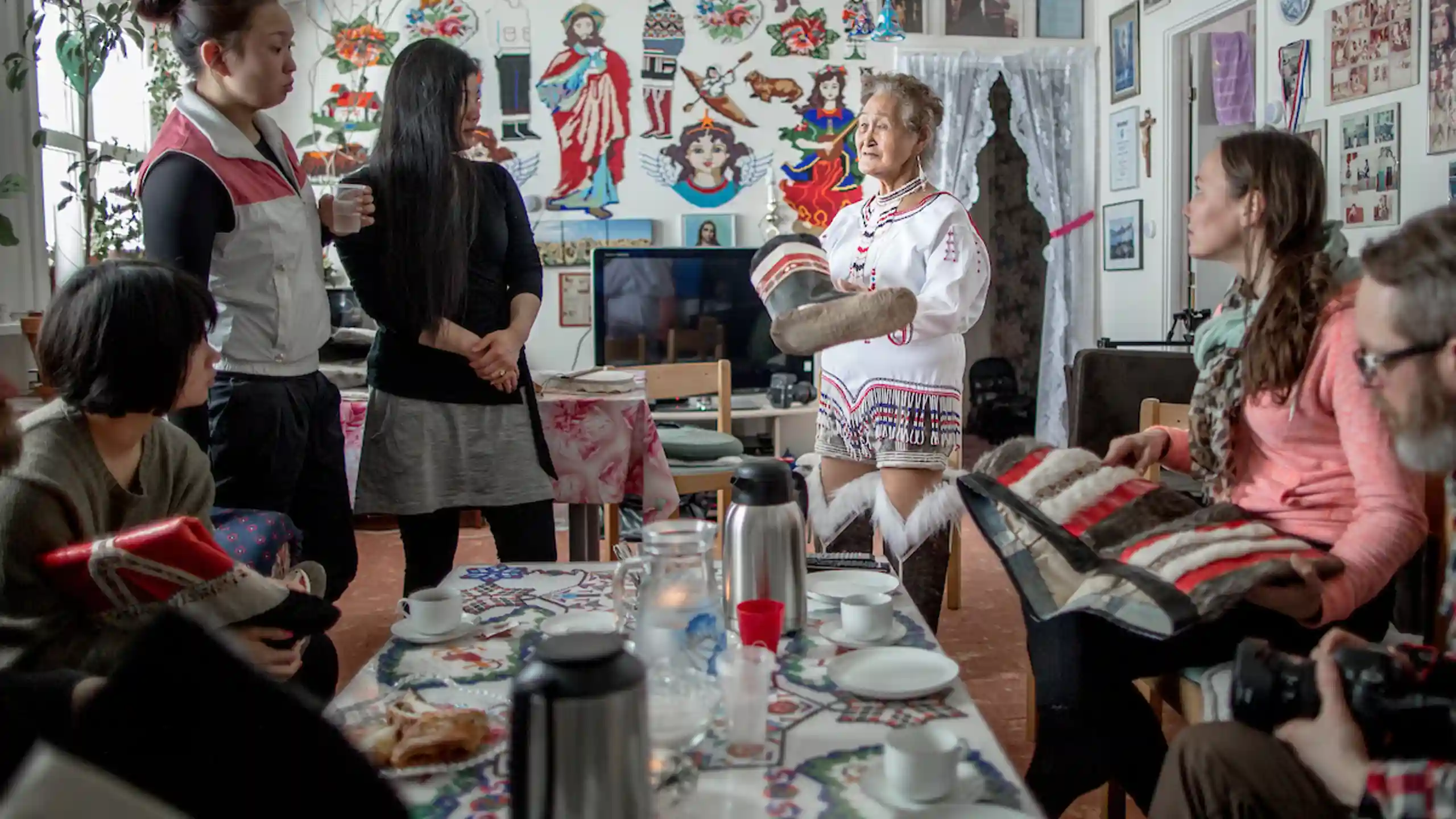
Greenlandic culture
Meet the Greenlanders on their home turf. Hospitable Greenlanders bid you welcome to their home. Accept an irresistible offer of a kaffemik and good stories.
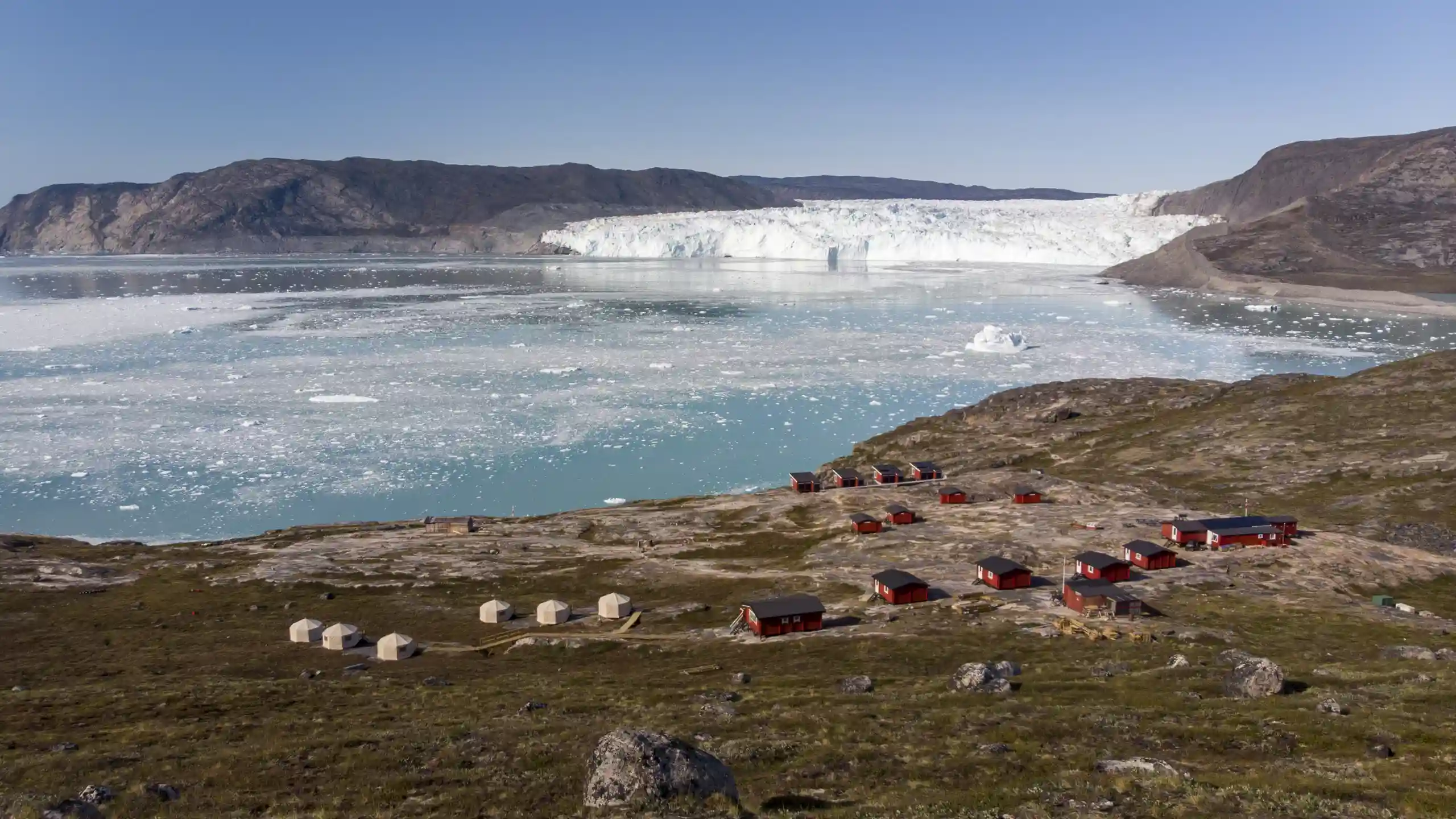
Glacier Lodge Eqi
Discover the enchanting world of Glacier Lodge Eqi, nestled in the heart of the wild, Greenlandic nature. Our lodge offers an exceptional and unforgettable experience for nature enthusiasts, adventure seekers, and those seeking a tranquil escape.

Heliskiing
The helicopter will take you to the summit as often as you want. Maniitsoq is the number one heli-skiing area in the world – a sport that’s wild, daring and addictive.
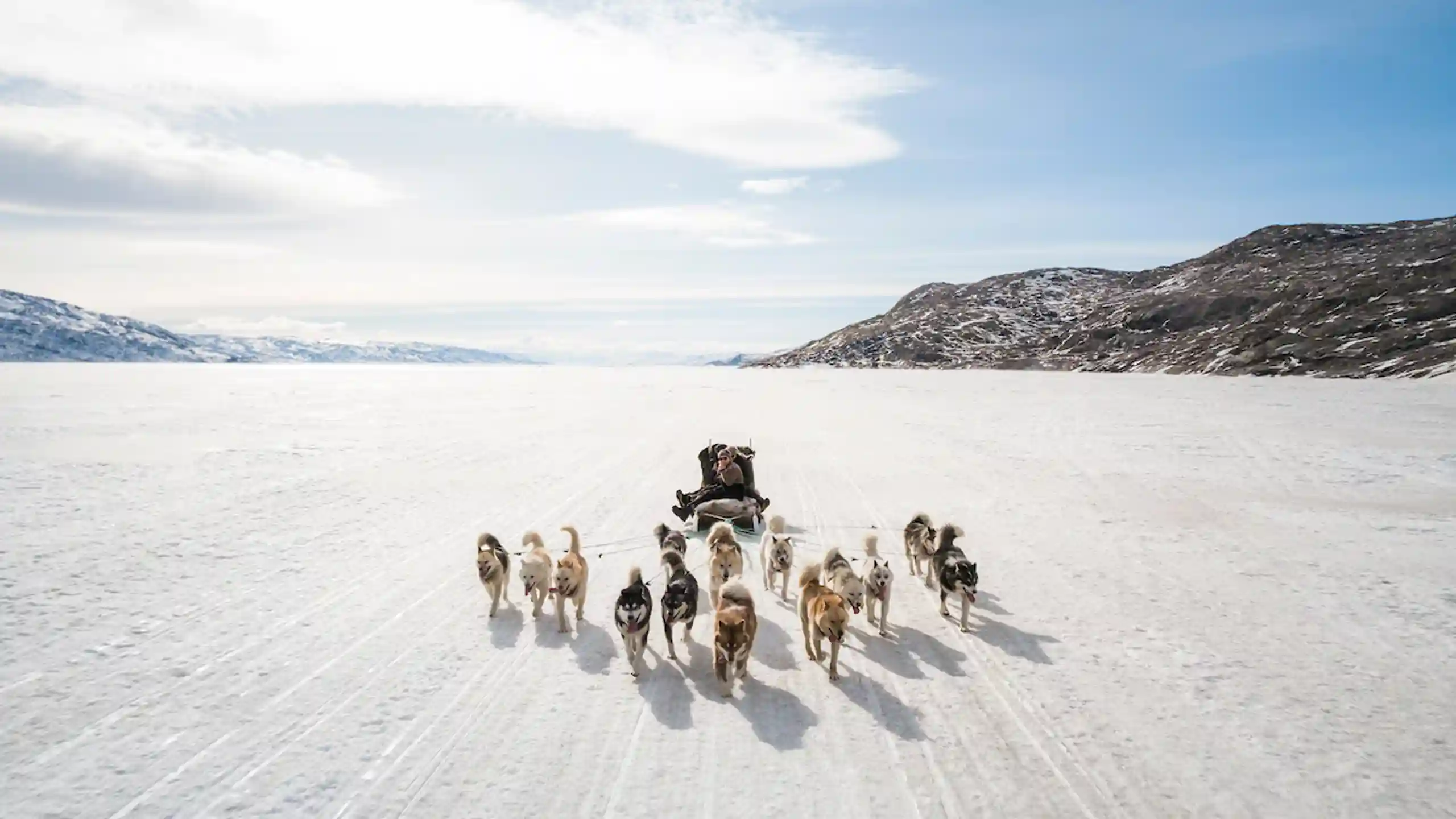
Dogsledding
The runners slide into the tracks, tails dance ahead, the driver’s brief commands sing in the air. You’ll never forget a dogsled ride.
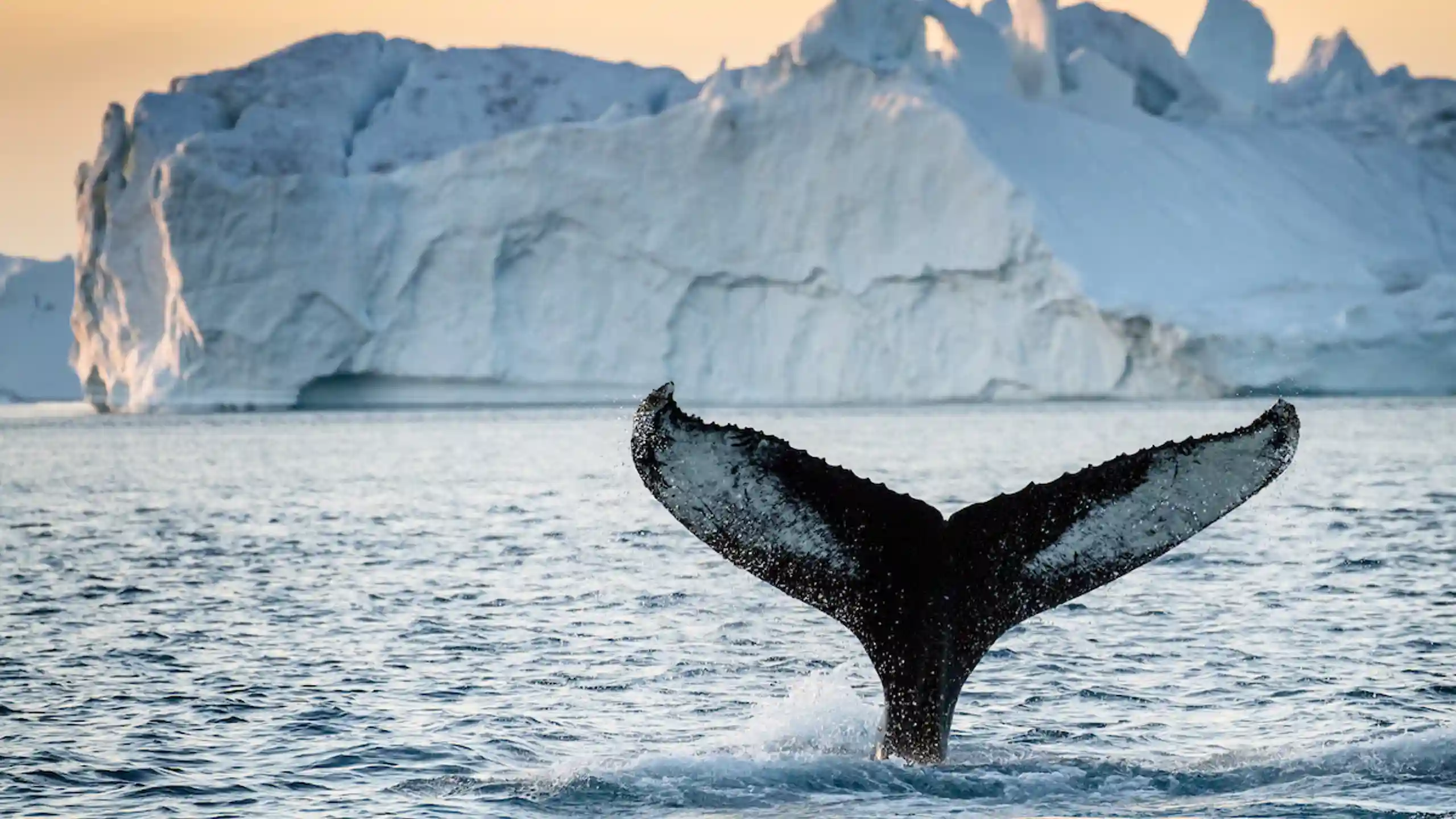
Whale watching
The sea is teeming with whales. As a spectator expect to be at a loss for words when you get close to these giant mammals of the deep.
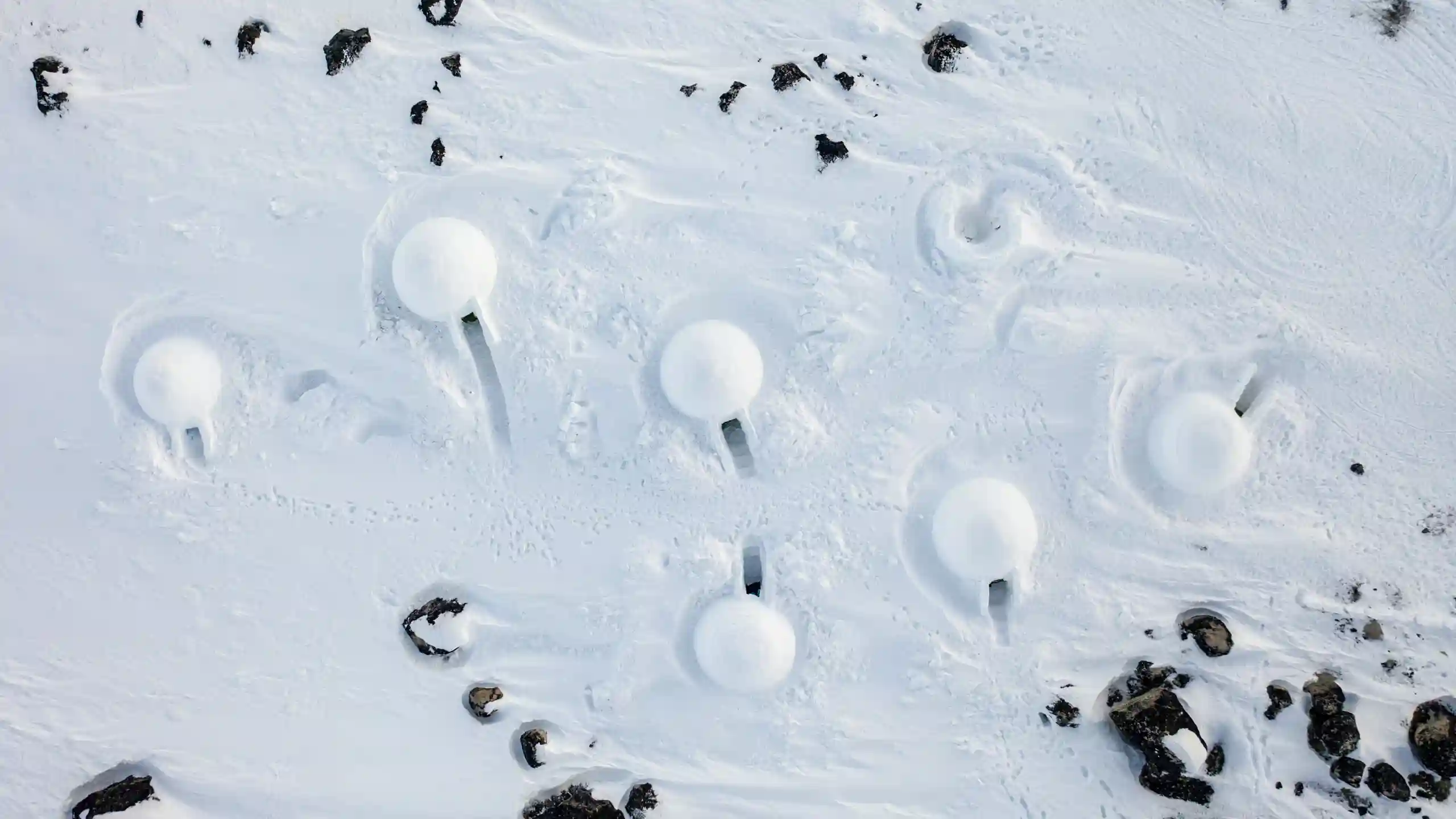
Igloo lodge
Welcome to the enchanting world of Igloo Lodge, where dreams of winter wonderland come alive! Imagine stepping into a realm where snow-covered landscapes stretch as far as the eye can see, and the mystical dance of the Northern Lights paints the night sky with ethereal colors. Here, in this extraordinary sanctuary, you will discover a haven that harmoniously blends adventure, tranquility, and the sheer magic of Arctic exploration.
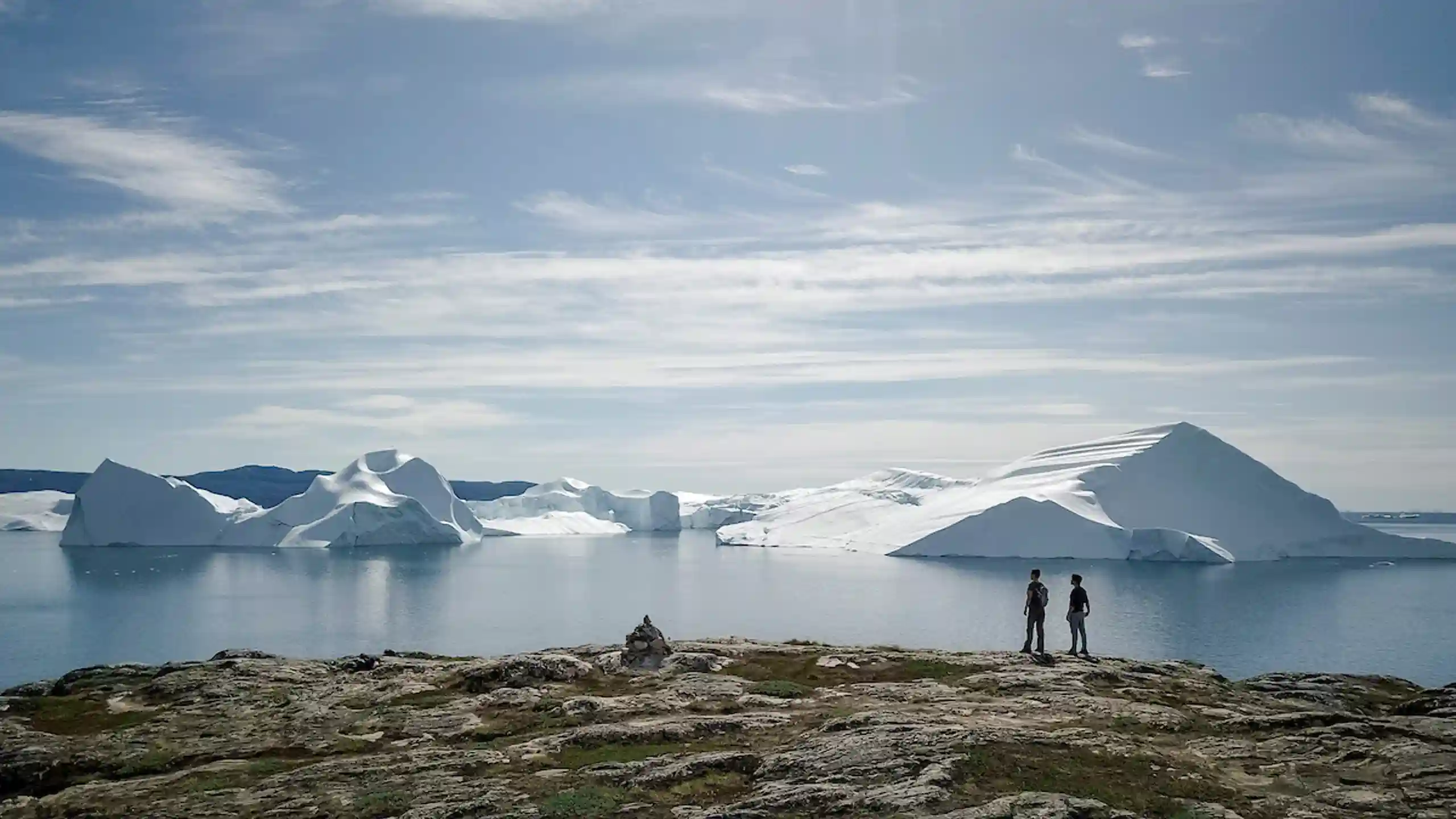
Ice fjord
The Icefjord near Ilulissat is on UNESCO’s world heritage list. If you’ve ever been there, you’ll fully understand why.
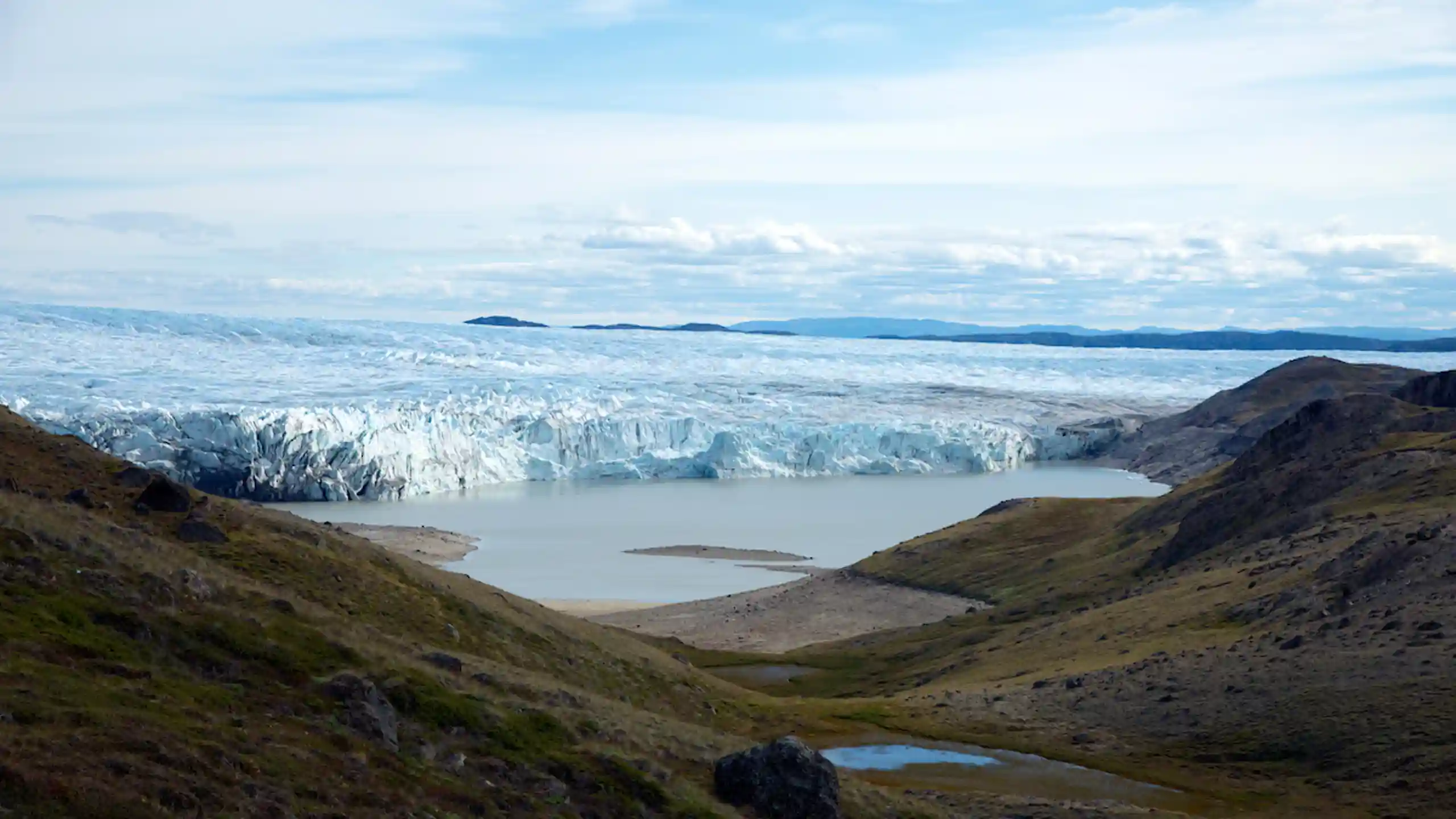
Ice cap
The Ice Cap in Greenland is thousands of years old, and its power is overwhelming and breathtaking. Look forward to meeting the largest ice cap in the northern hemisphere.
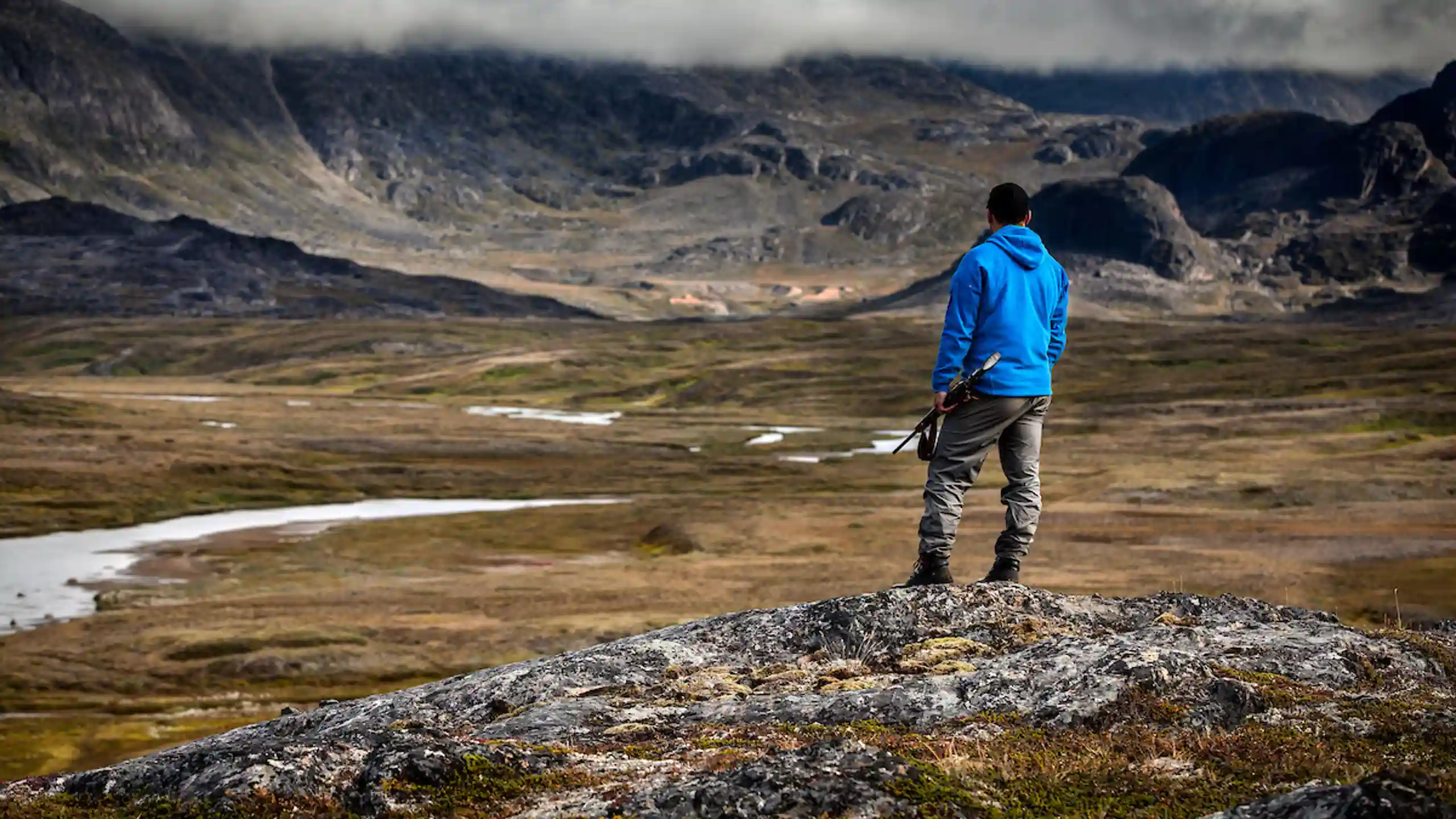
Trophy hunting
A trophy from reindeer and musk ox is on many hunters' wish list. And in Greenland, the goal is within short reach; only about five hours journey from Denmark you can get on musk and reindeer hunting.
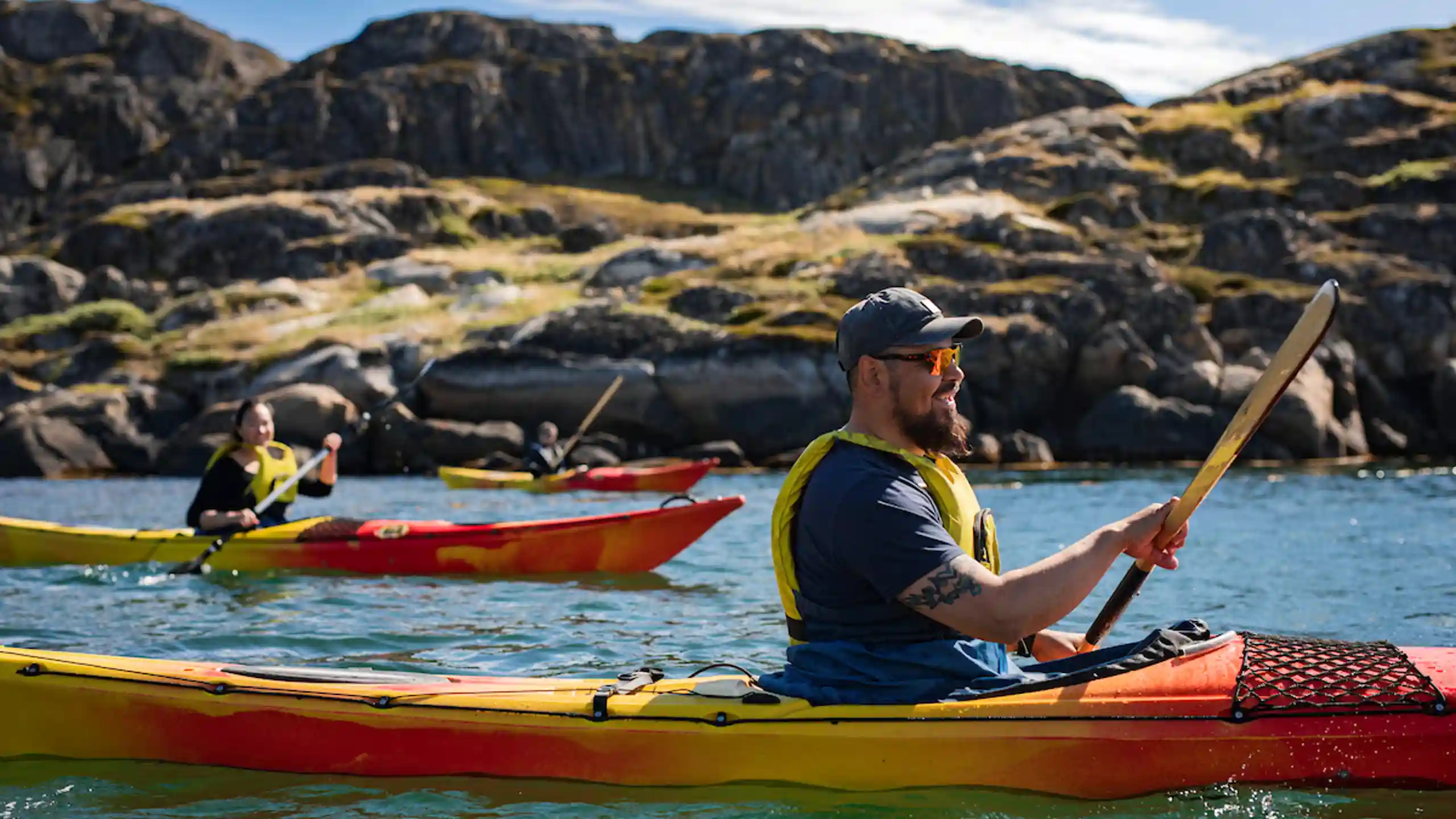
Kayaking
Kayaking in Greenland is for experienced rowers who enjoy the silent movement in waters with white mountains as a backdrop.
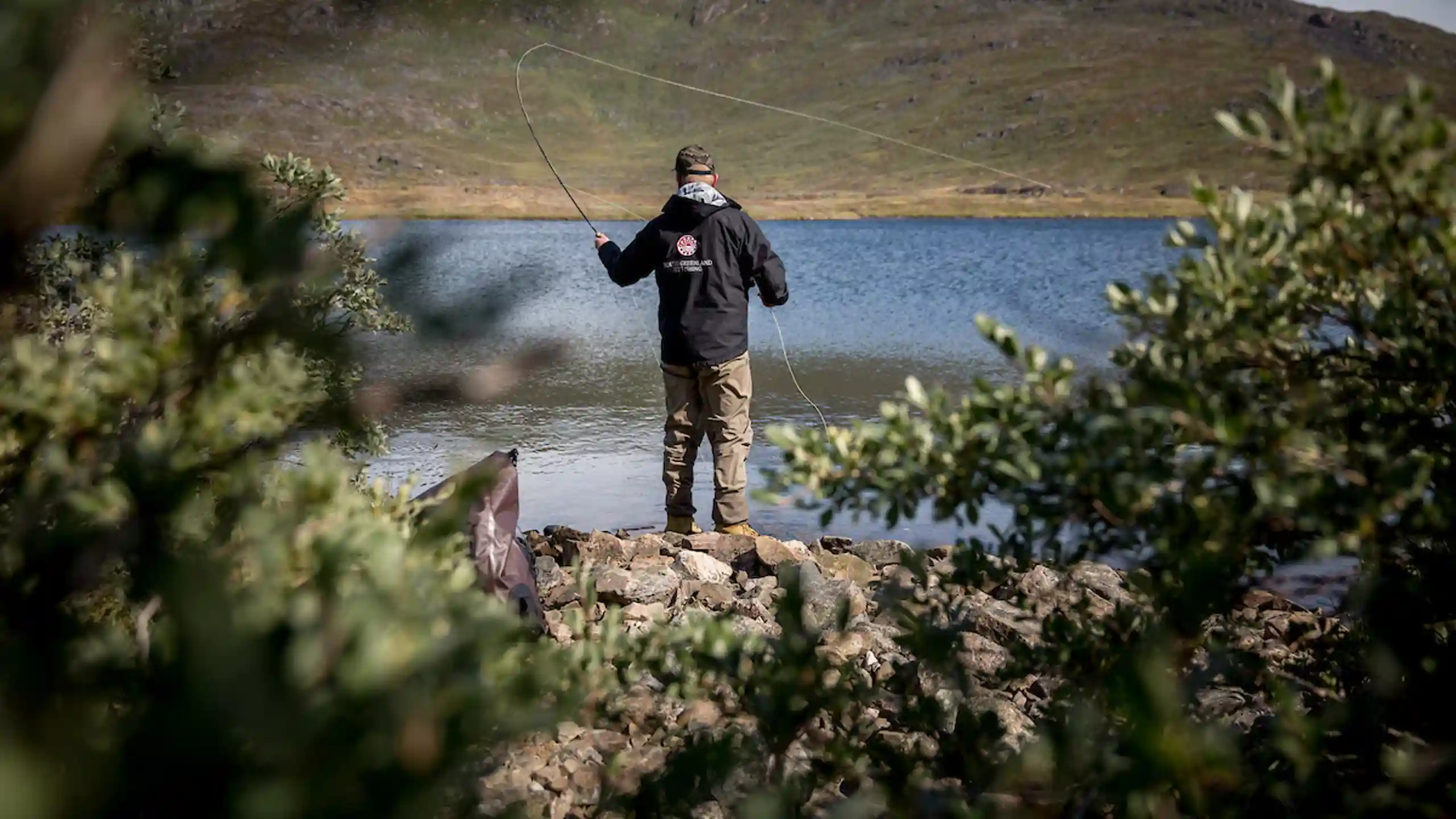
Angling in Greenland
Do rods, spinners and fish in all shapes and sizes have you hooked? Fishing is a pastime that can be enjoyed at any time of the year by people who love the challenge of rivers and lakes.

Musk ox safari
Go on a safari on the tundra and see a population of more than ten thousand musk oxen that originate from 27 oxen flown in from Northeast Greenland.
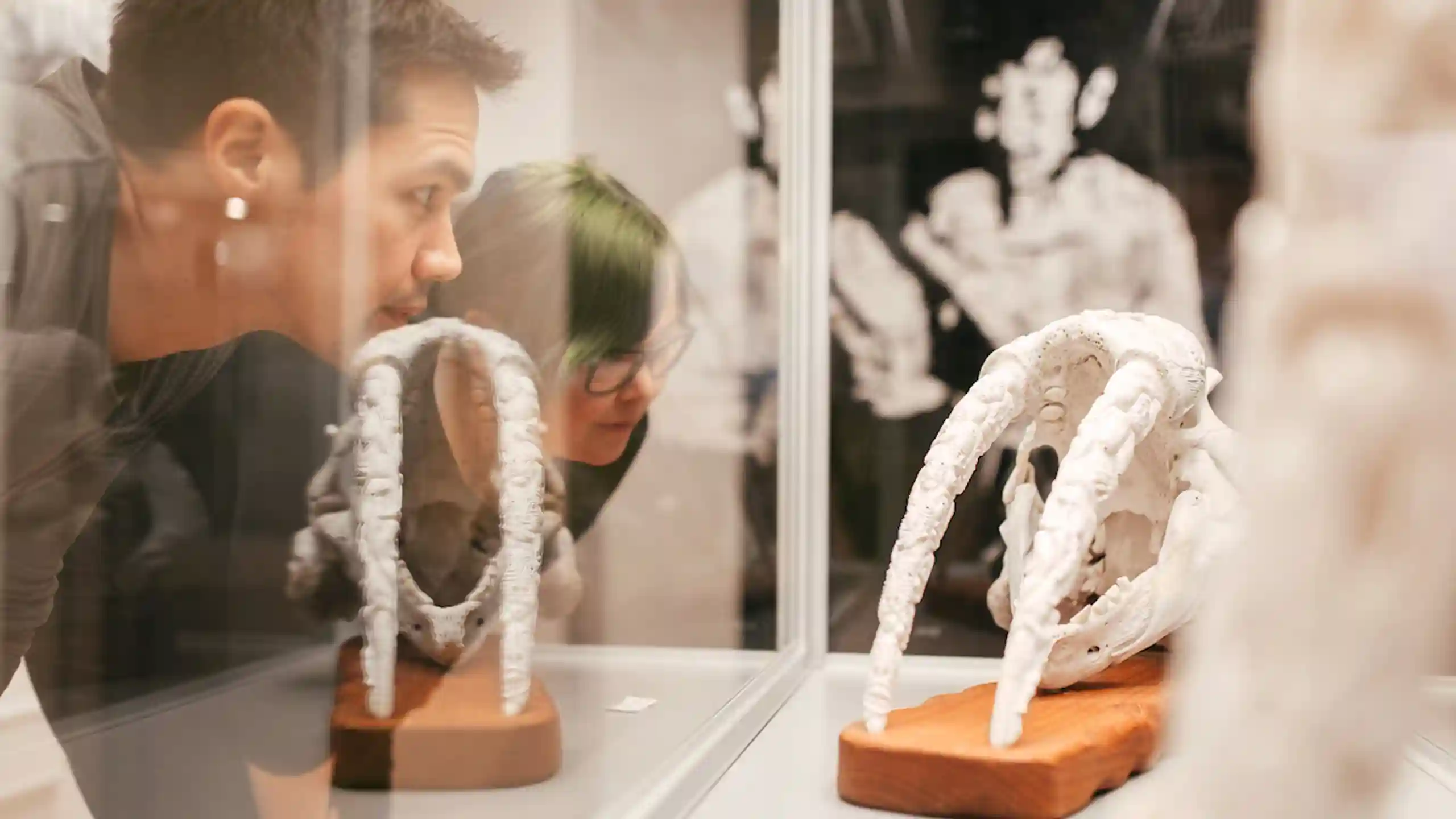
Museums and art
Paintings, tooth, stone and bone. Greenland’s museums reflect the country’s cultural heritage and disseminate it using modern forms of expression.
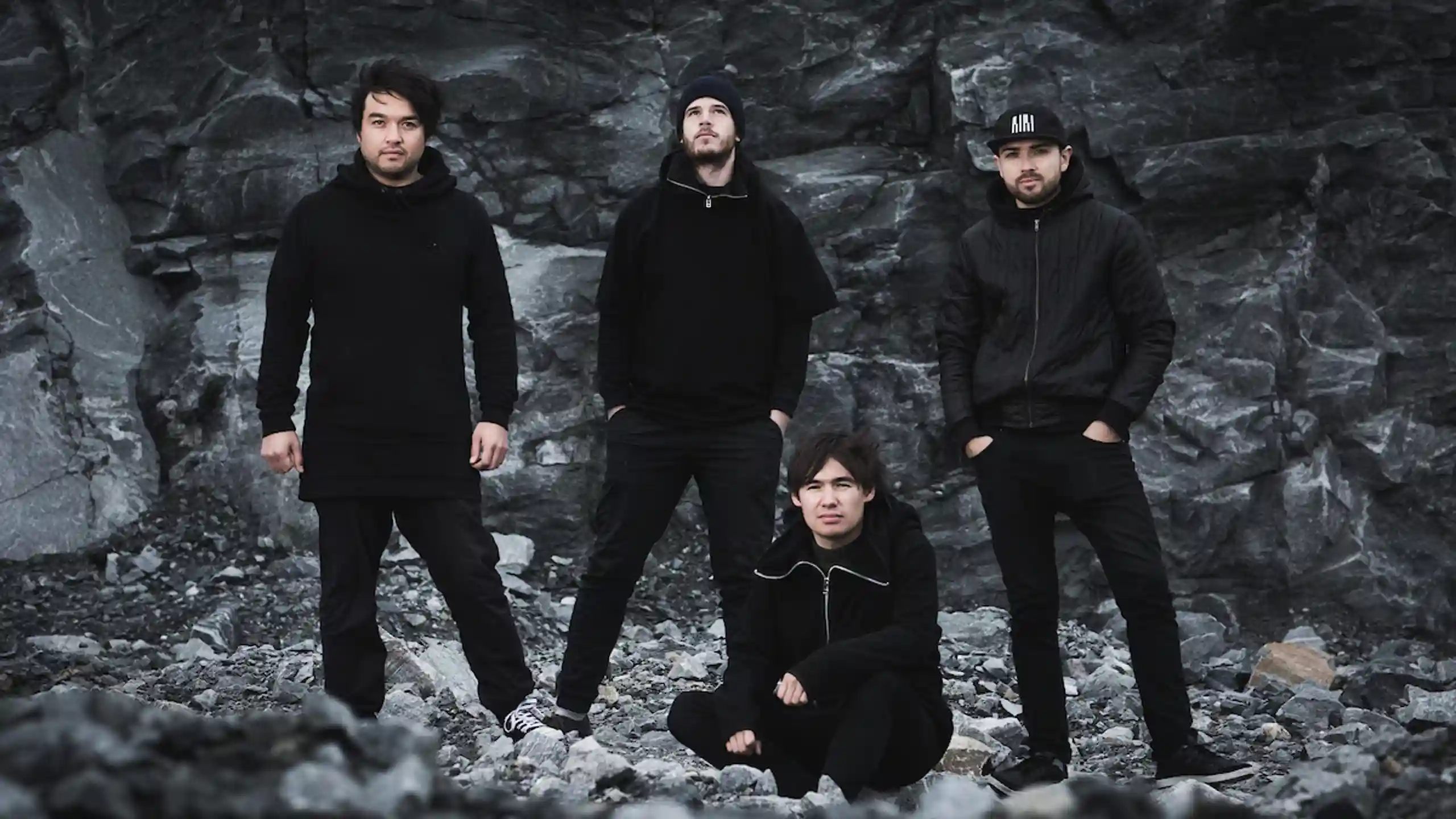
Music
Greenland’s music comes from the heart, as it always has done since the first rhythms were beaten on a drum. Today’s music carries on these proud traditions.

Midnight sun
Did you miss the sun last summer? Then let us tempt you with the sun in the sky round the clock.
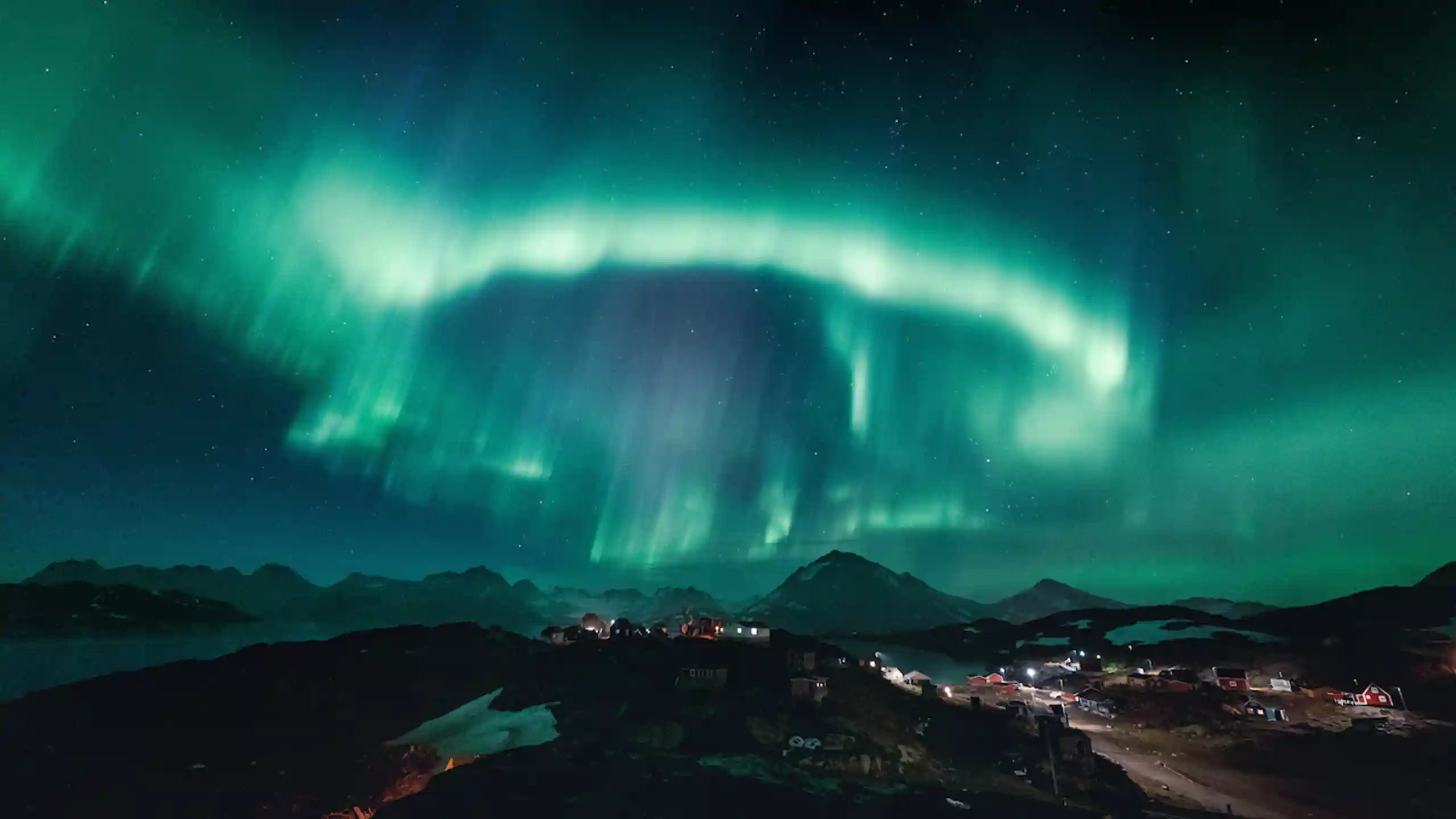
Northern lights
Myths and legends speak for themselves: the northern lights are not for the faint of heart. The Northern Lights are a natural phenomenon that most often occurs in the northern hemisphere. It is an extremely spectacular sight that is an experience of a lifetime! The Northern Lights can be seen in several places in the Nordic countries, but Greenland is one of the places where you have the best opportunities to experience magnificent nature, while the beautiful northern lights light up the evening.
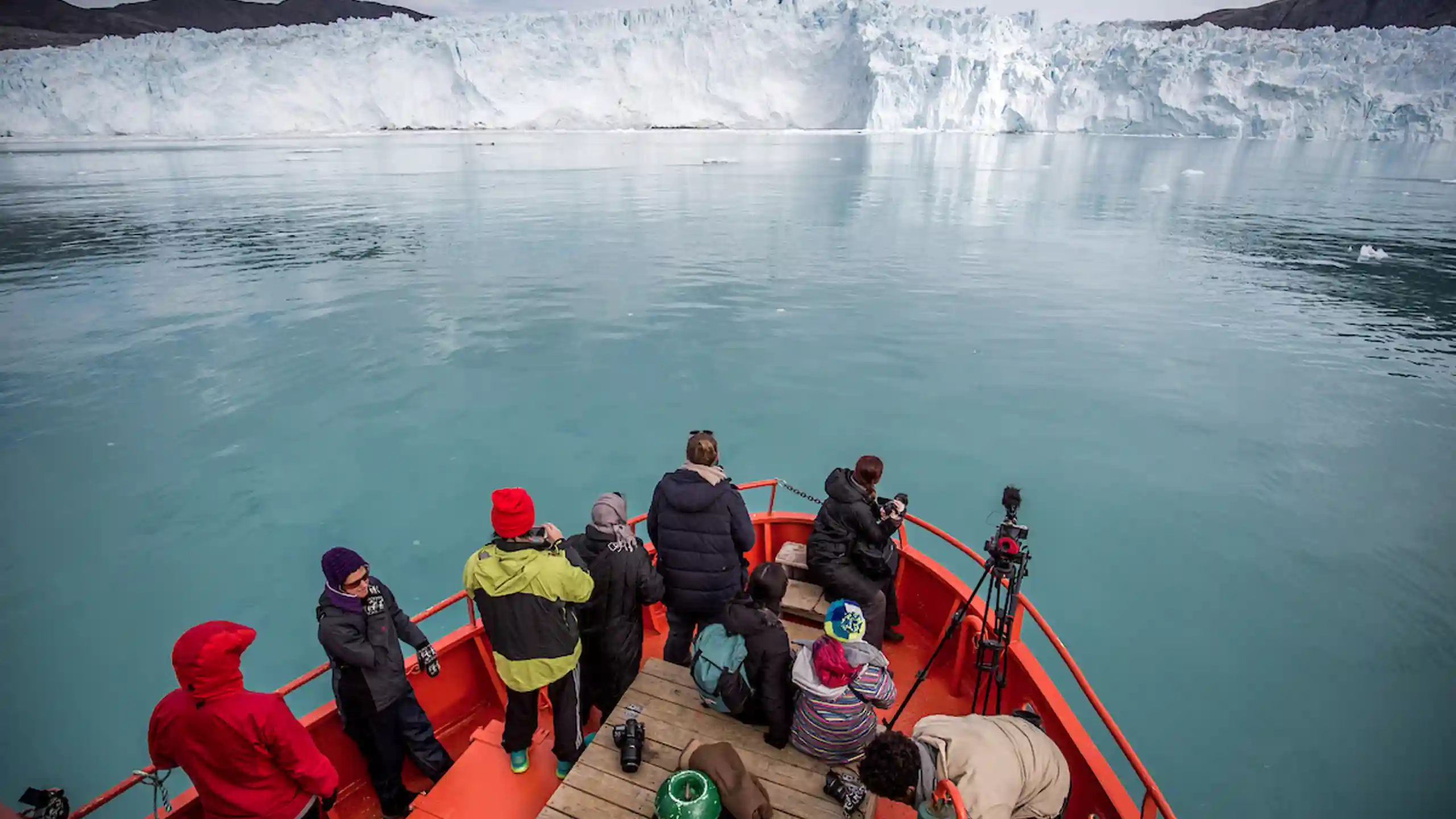
Sailing
Embark, disembark, head ashore, then embark once more! But never miss out on the chance to take a sailing trip through the magnificent landscape that’s sure to sweep you off your feet.
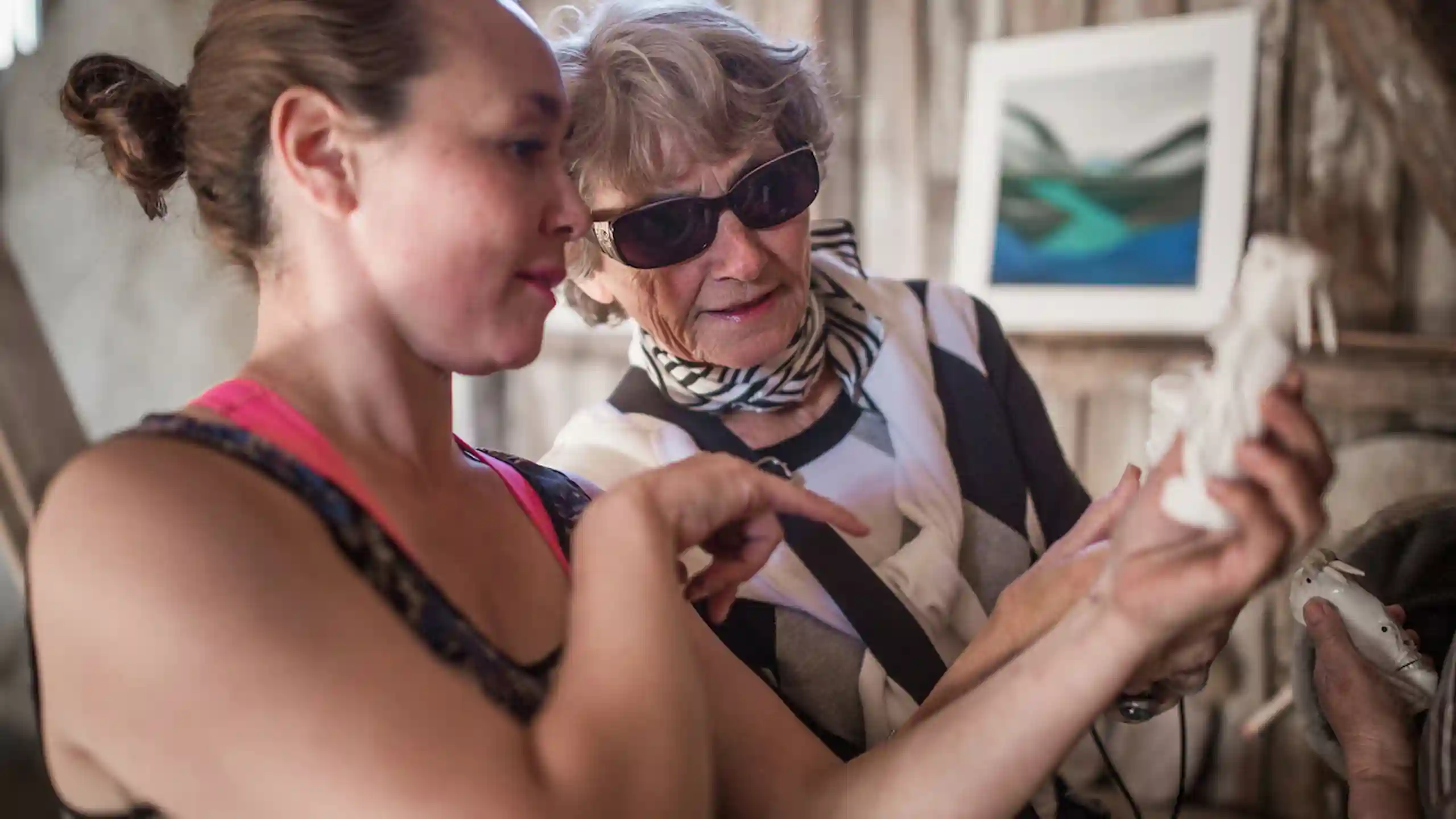
Shopping
Today’s most outstanding designers are behind innovative creations and are rewriting the history of Greenland. Look, touch and feel.
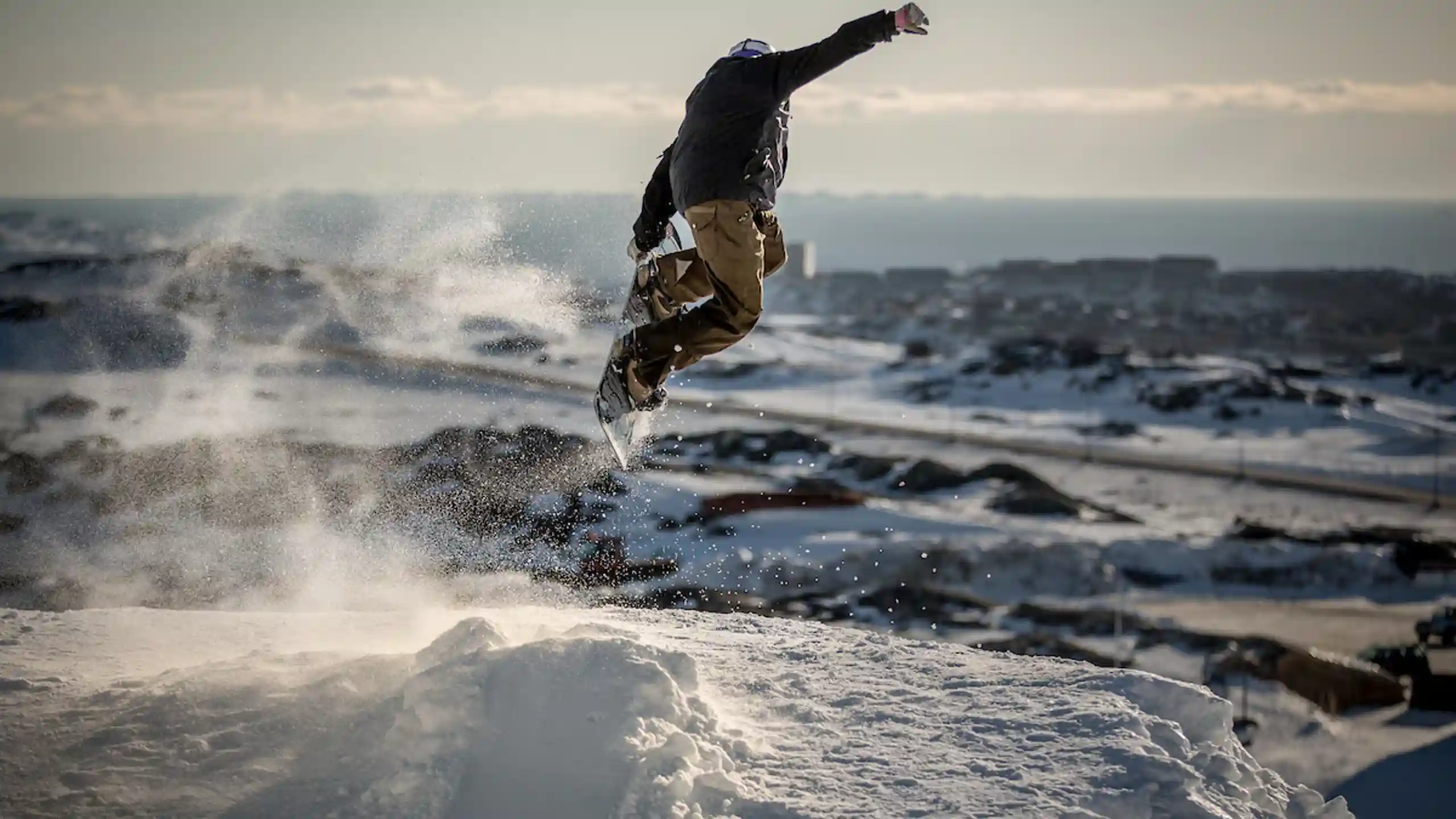
Skiing and snowboarding
Well-prepared cross-country slopes, thrillingly steep fells, gentle descents and crazy ascents. In other words, an introduction to skiing for everybody in the green country.
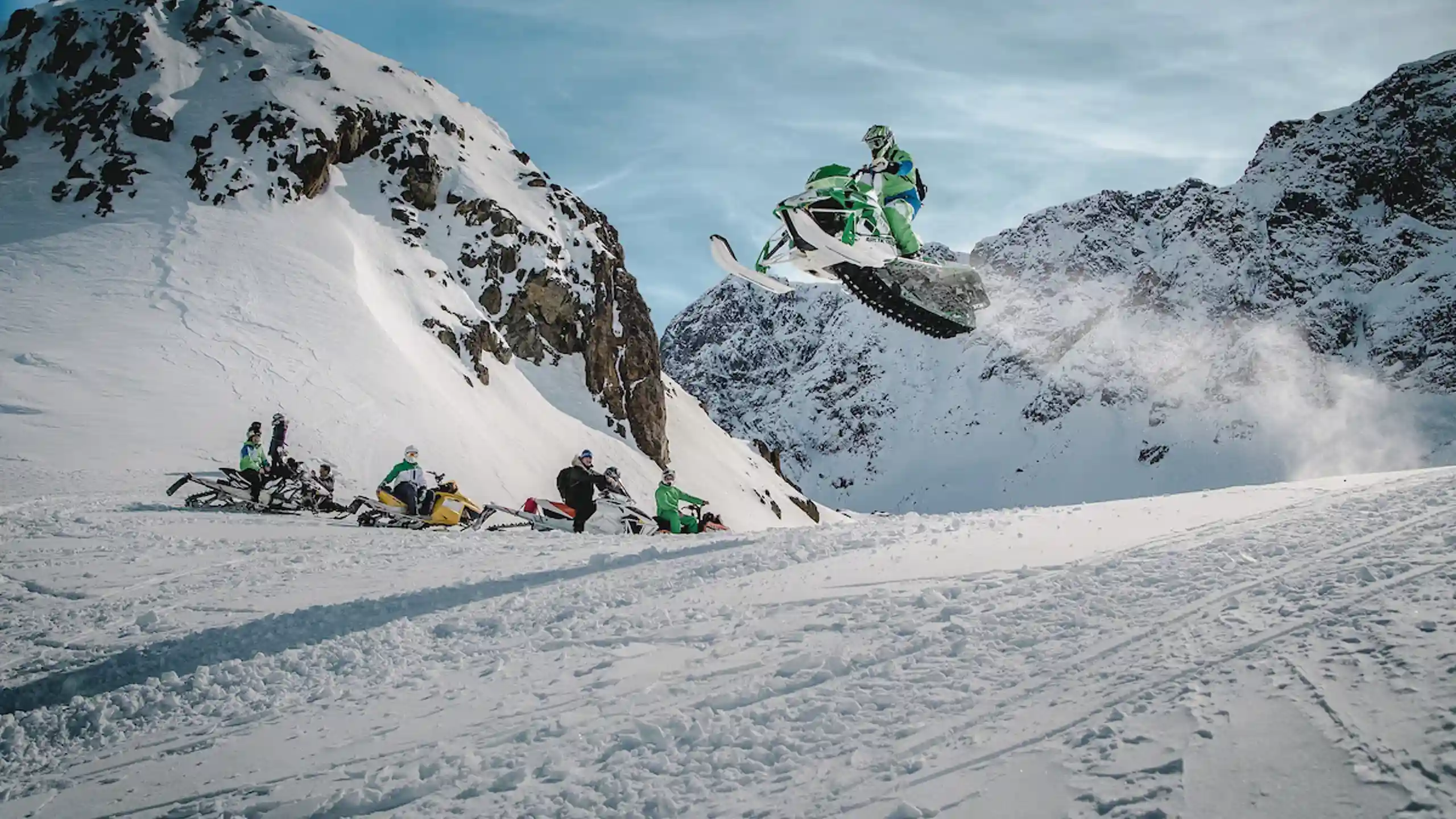
Snowmobiles
Do you love the thrill of speed? Then a snowmobile is just for you. Hard on the throttle and head off into the hinterland for new adventures
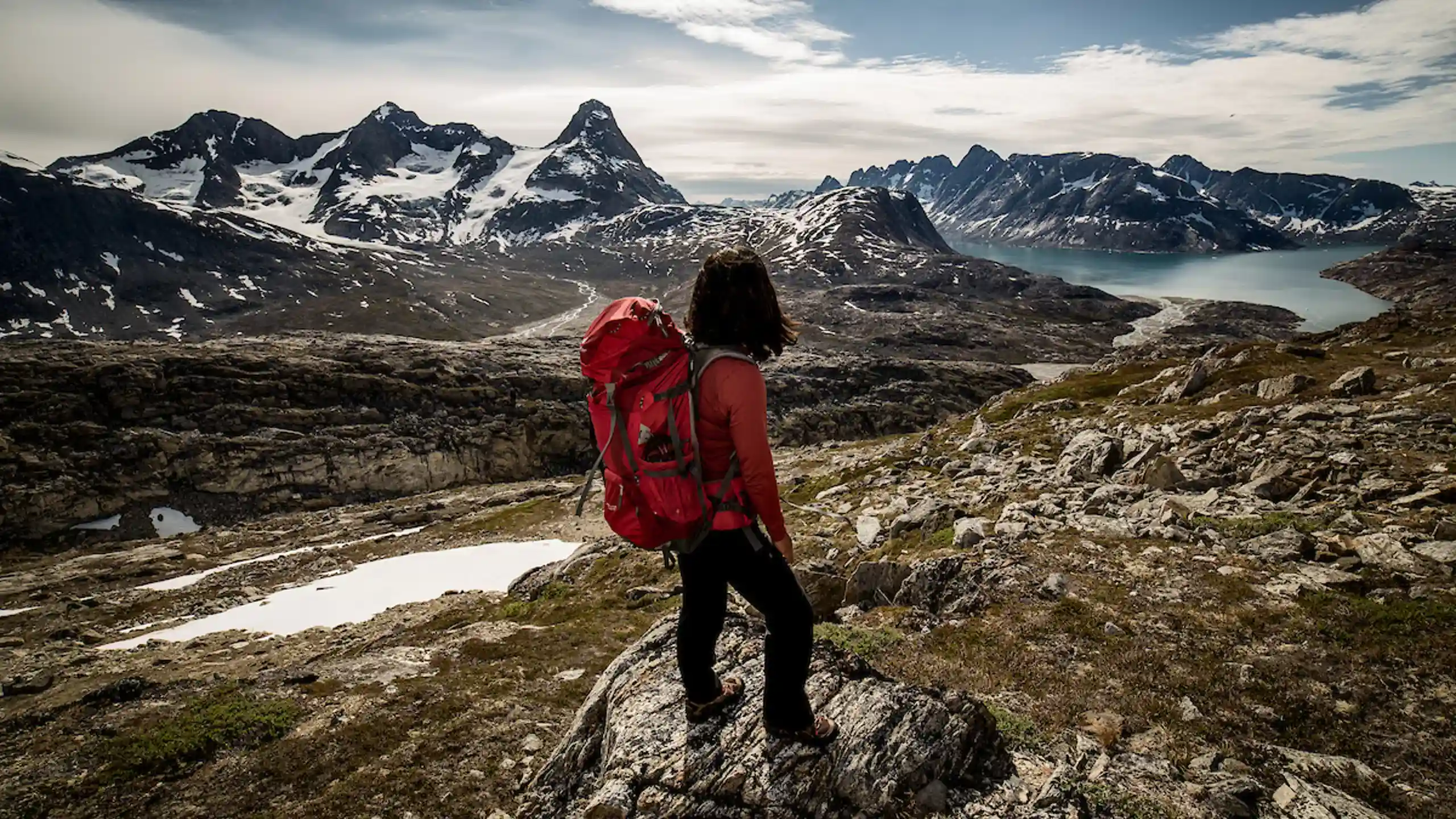
Hiking
It’s a short distance from towns and settlements to open expanses with lakes, fells and the sea. Remember your map and compass or let yourself be guided by an experienced pathfinder.
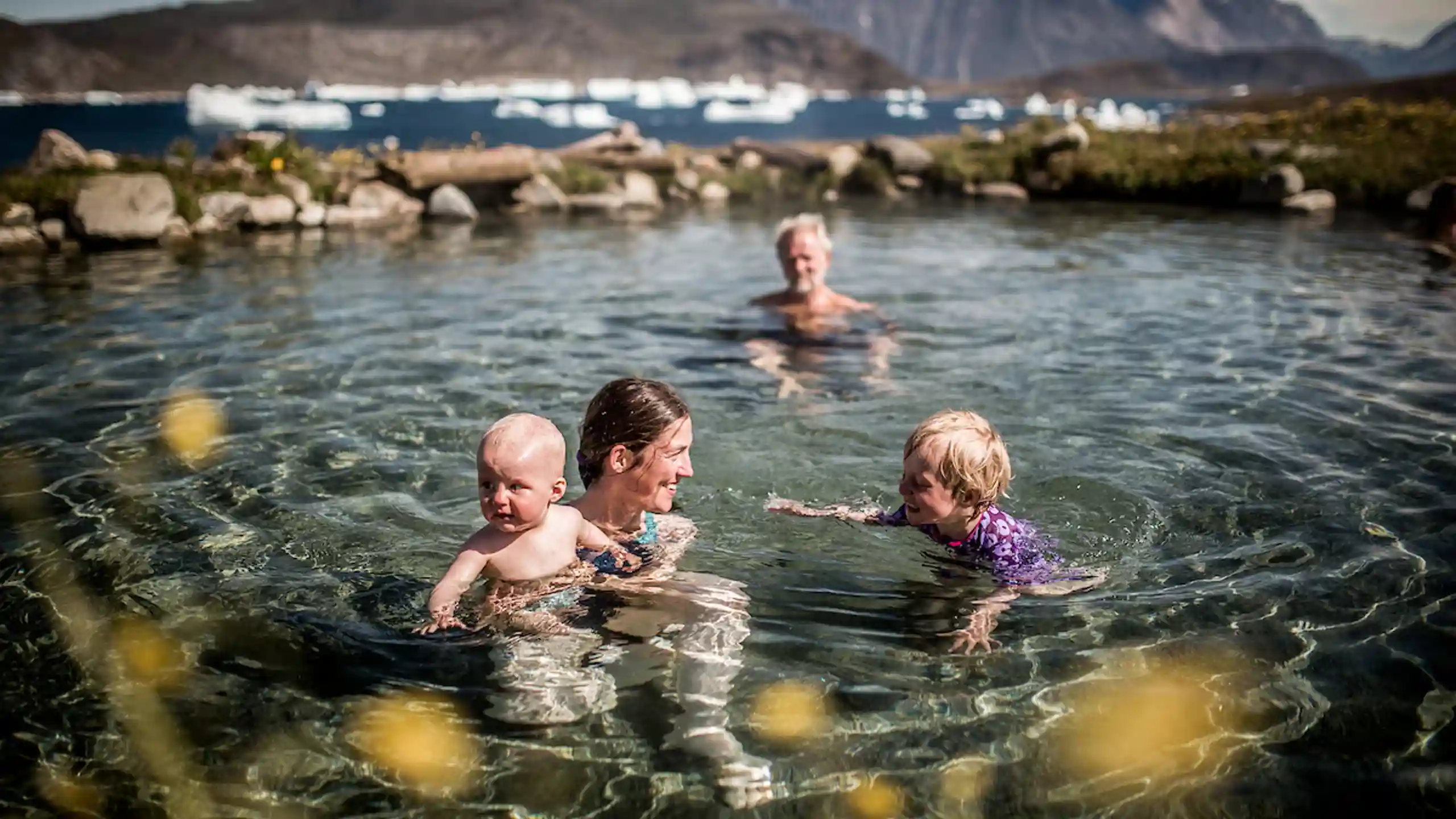
Hot springs
On the island of Uunartoq in South Greenland you can enjoy wellness for life in 38-degree hot water. The water comes from three springs which run into a pool made of dammed up stones.
